Composition and method for preventing, reducing, alleviating or treating idiopathic vomiting
Park , et al. Fe
U.S. patent number 10,548,935 [Application Number 14/198,669] was granted by the patent office on 2020-02-04 for composition and method for preventing, reducing, alleviating or treating idiopathic vomiting. This patent grant is currently assigned to Mars, Incorporated. The grantee listed for this patent is Mars, Incorporated. Invention is credited to Ping Hu, Yakang Lin, Jean Soon Park, Lori Ann Reinsalu.

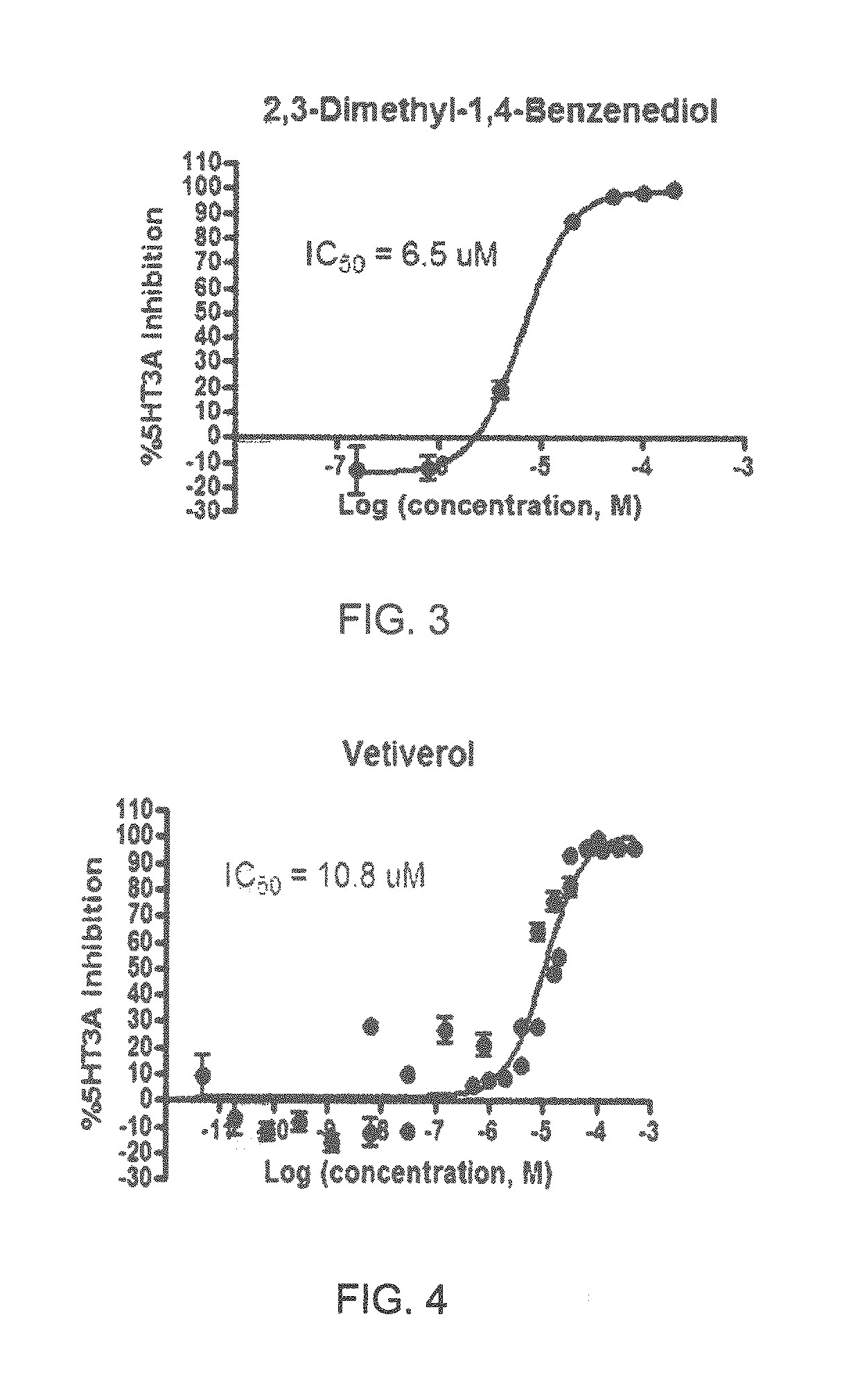

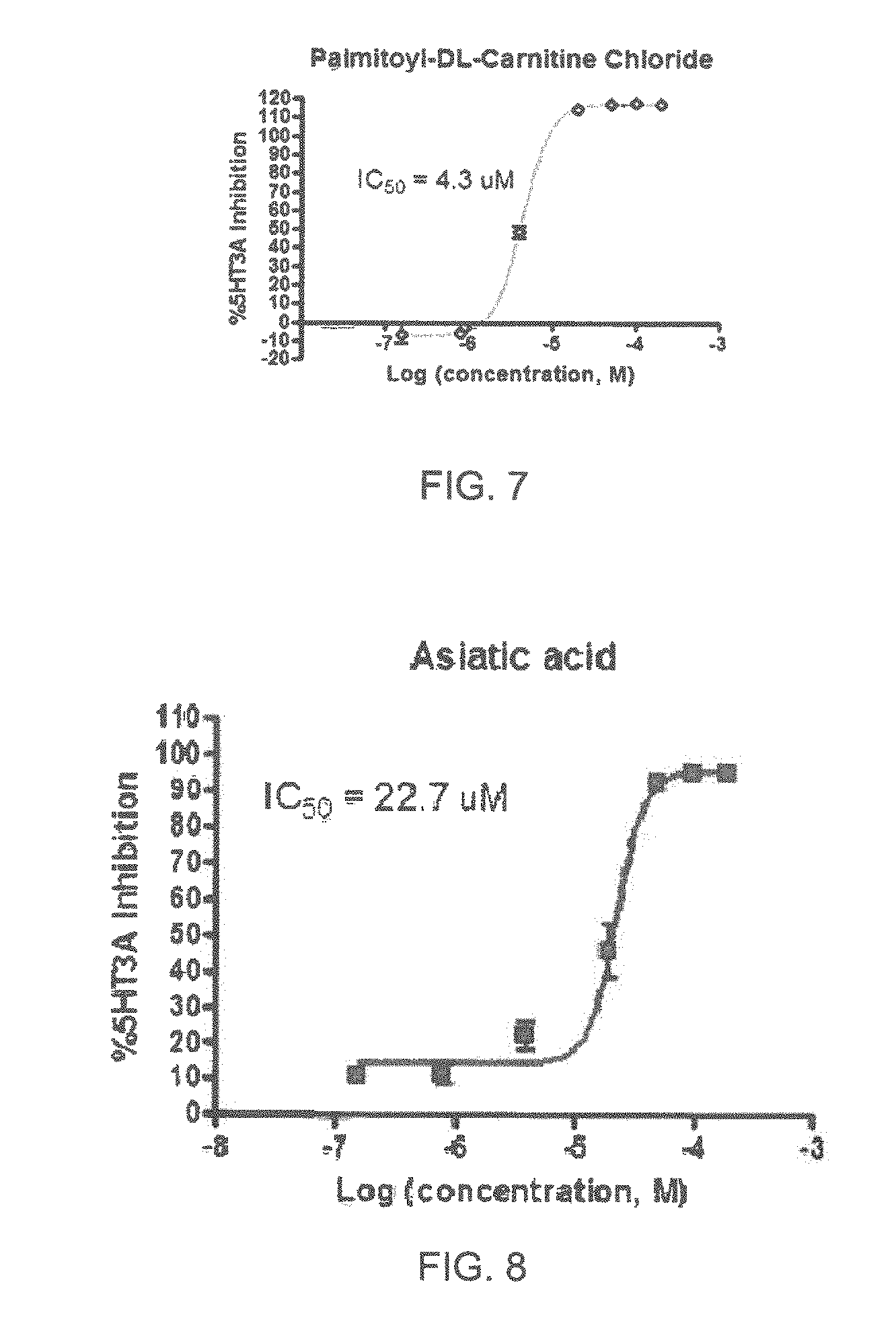

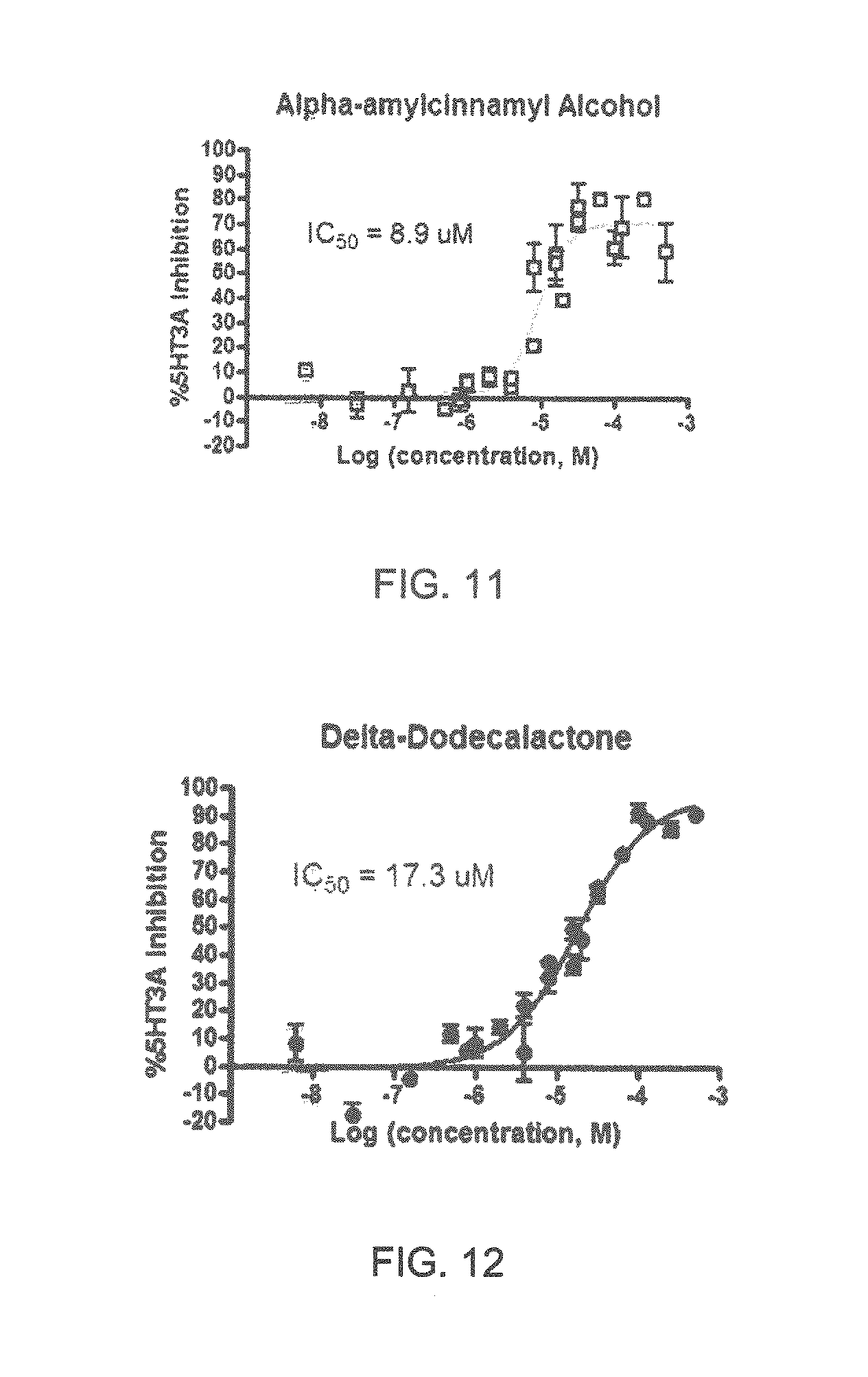
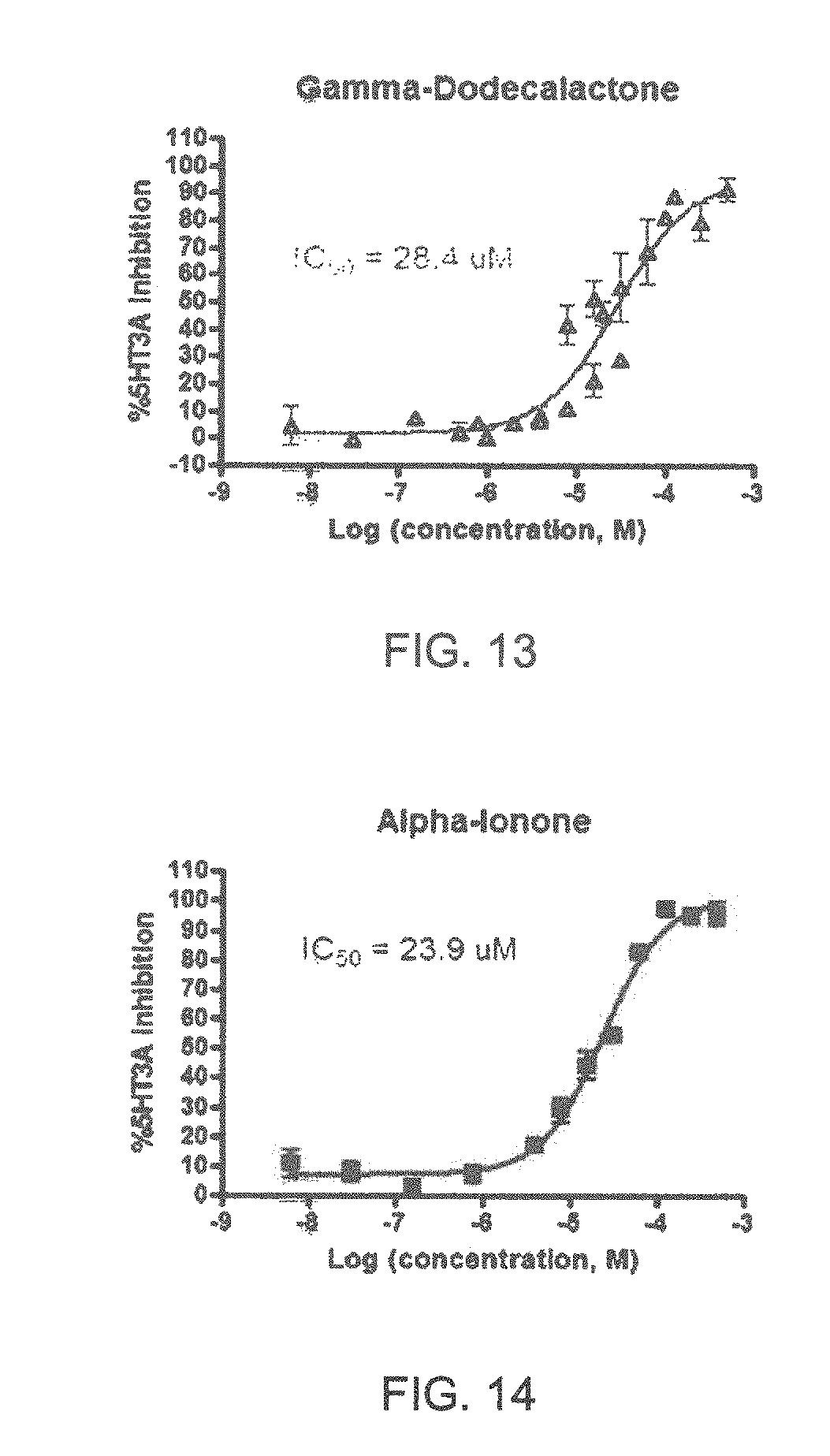
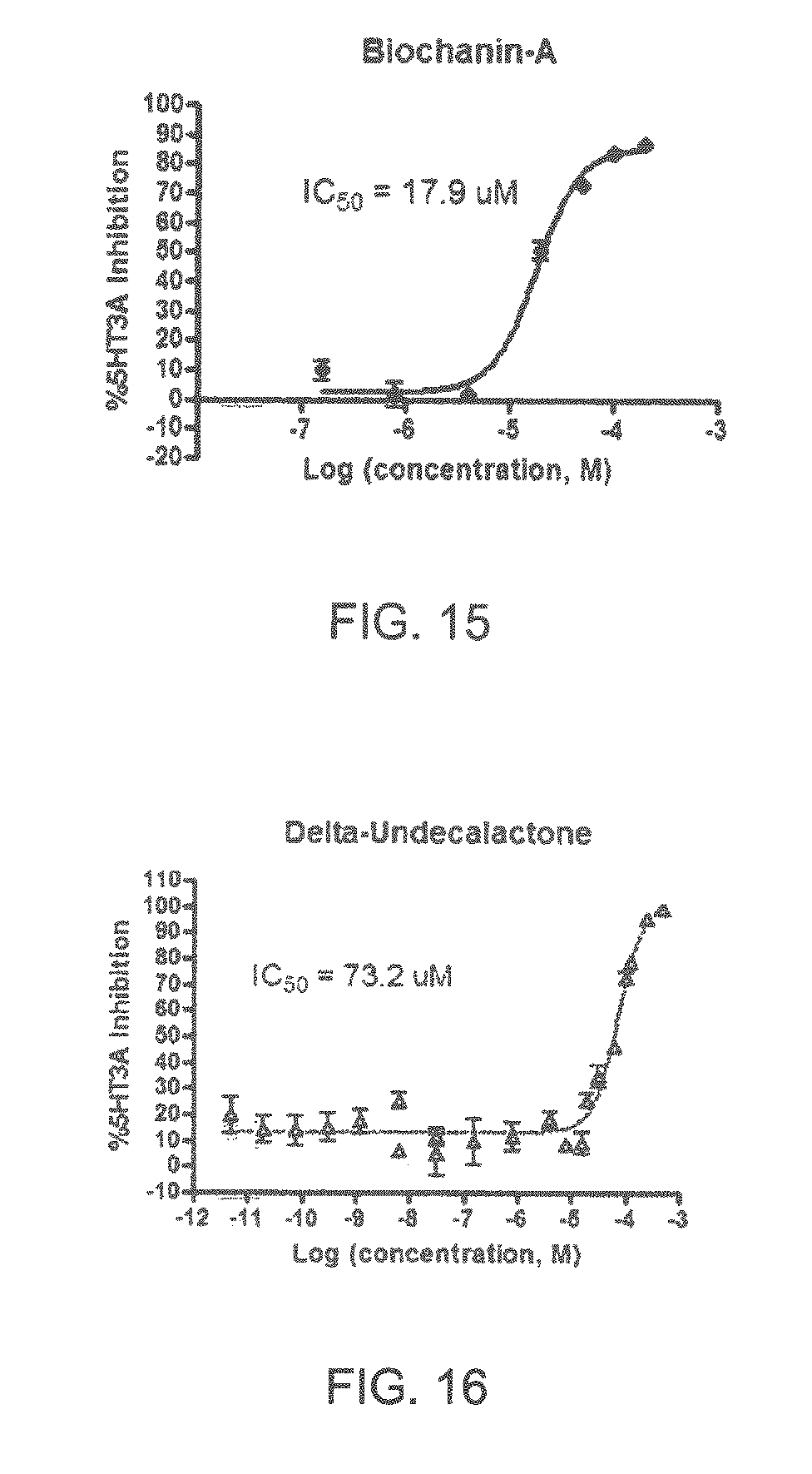


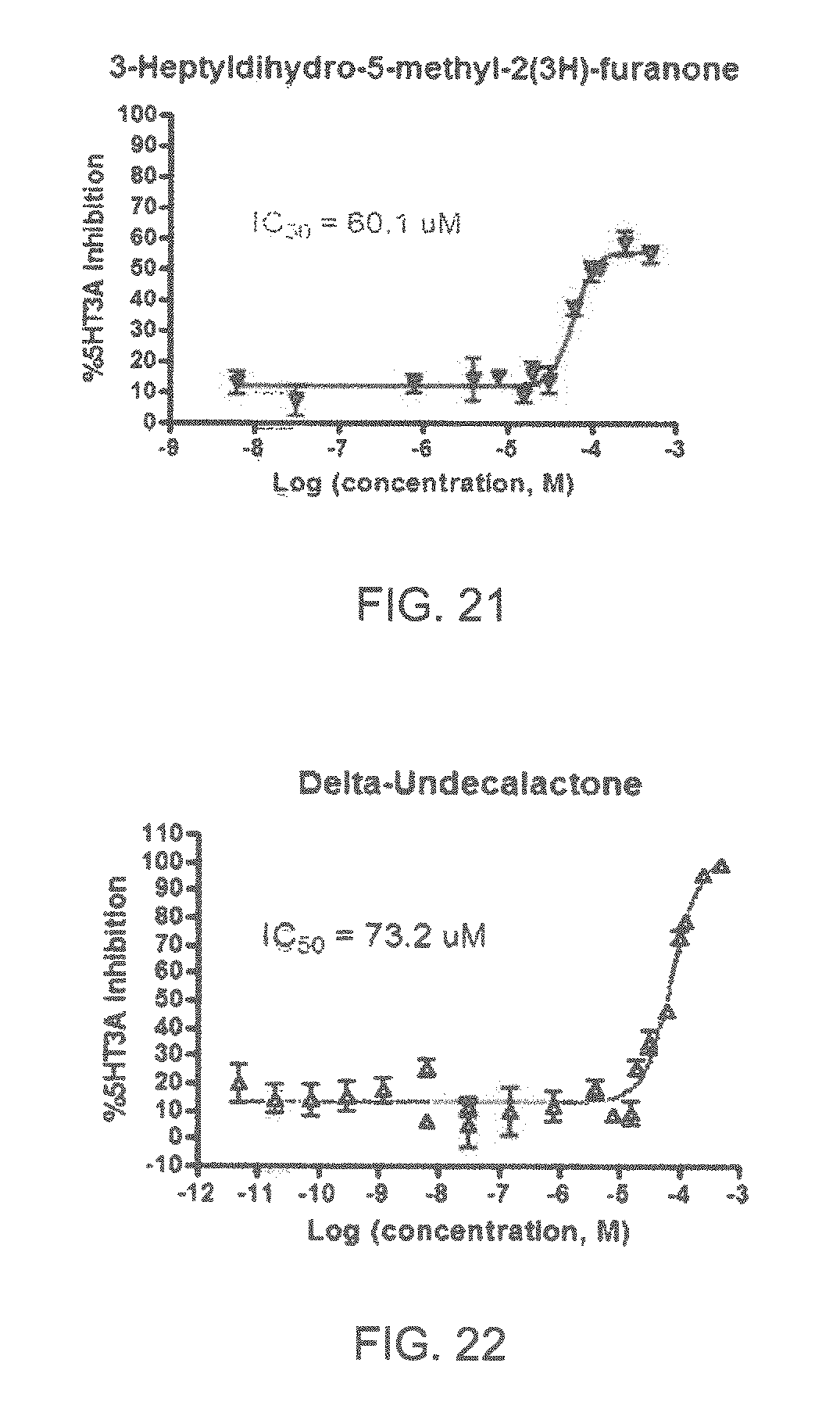
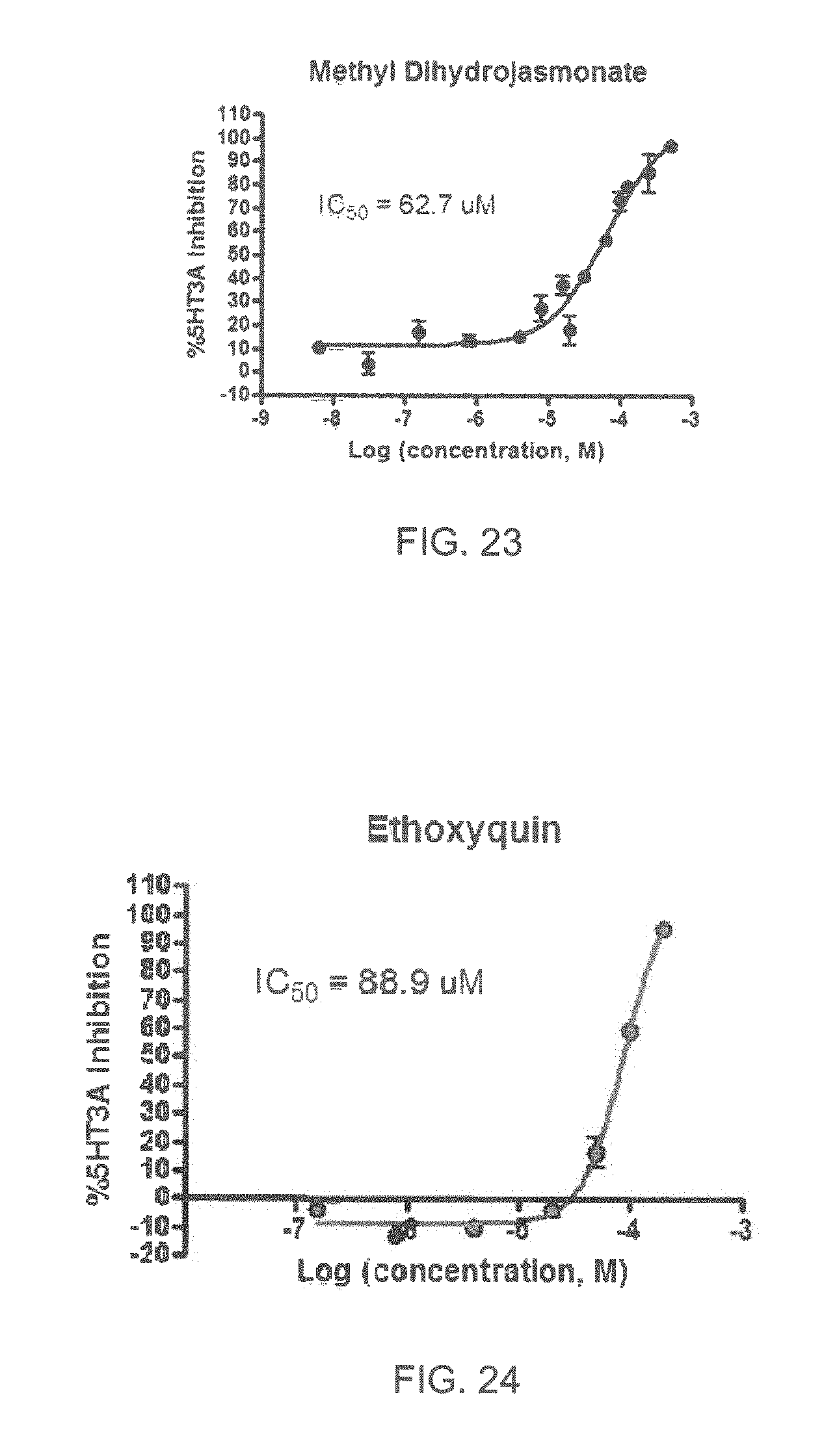
View All Diagrams
| United States Patent | 10,548,935 |
| Park , et al. | February 4, 2020 |
Composition and method for preventing, reducing, alleviating or treating idiopathic vomiting
Abstract
Compositions containing one or more compounds with inhibitory effect on a 5-HT3a and/or NK-1 receptor are effective for preventing or treating idiopathic vomiting in a mammal.
| Inventors: | Park; Jean Soon (Cincinnati, OH), Hu; Ping (Mason, OH), Lin; Yakang (Liberty Township, OH), Reinsalu; Lori Ann (Cincinnati, OH) | ||||||||||
|---|---|---|---|---|---|---|---|---|---|---|---|
| Applicant: |
|
||||||||||
| Assignee: | Mars, Incorporated (McLean,
VA) |
||||||||||
| Family ID: | 50391367 | ||||||||||
| Appl. No.: | 14/198,669 | ||||||||||
| Filed: | March 6, 2014 |
Prior Publication Data
| Document Identifier | Publication Date | |
|---|---|---|
| US 20140271949 A1 | Sep 18, 2014 | |
Related U.S. Patent Documents
| Application Number | Filing Date | Patent Number | Issue Date | ||
|---|---|---|---|---|---|
| 61786485 | Mar 15, 2013 | ||||
| Current U.S. Class: | 1/1 |
| Current CPC Class: | A23K 50/40 (20160501); A61K 31/12 (20130101); A61K 45/06 (20130101); A61K 31/4353 (20130101); A61K 31/22 (20130101); A61K 31/365 (20130101); A61P 43/00 (20180101); A61K 31/352 (20130101); A23K 20/00 (20160501); A61K 31/593 (20130101); A61K 36/54 (20130101); A61K 31/341 (20130101); A61P 1/08 (20180101); A61K 31/4402 (20130101); A61K 31/409 (20130101); A61K 31/525 (20130101) |
| Current International Class: | A61K 36/54 (20060101); A23K 20/00 (20160101); A61K 31/593 (20060101); A61K 31/525 (20060101); A61K 31/365 (20060101); A61K 31/12 (20060101); A61K 31/4402 (20060101); A61K 31/4353 (20060101); A61K 31/409 (20060101); A61K 31/352 (20060101); A61K 31/341 (20060101); A61K 31/22 (20060101); A23K 50/40 (20160101); A61K 45/06 (20060101) |
References Cited [Referenced By]
U.S. Patent Documents
| 3773930 | November 1973 | Kasheed et al. |
| 3810994 | May 1974 | Wiegand |
| 4006266 | February 1977 | Bone |
| 4070488 | January 1978 | Davis |
| 4371558 | February 1983 | Siregar et al. |
| 4414238 | November 1983 | Schmidl |
| 4497800 | February 1985 | Larson et al. |
| 4892748 | January 1990 | Andersen et al. |
| 5017389 | May 1991 | Green |
| 5141755 | August 1992 | Weisman |
| 5173214 | December 1992 | Kissel |
| 5217740 | June 1993 | Lanter |
| 5962043 | October 1999 | Jones |
| 6071544 | June 2000 | Sunvold |
| 6117477 | September 2000 | Paluch et al. |
| 6203797 | March 2001 | Perry |
| 6204291 | March 2001 | Sunvold |
| 6270820 | August 2001 | Fritz-Jung et al. |
| 6348502 | February 2002 | Gardiner et al. |
| 6355612 | March 2002 | Ballevre et al. |
| 6359017 | March 2002 | Bruckner et al. |
| 6376544 | April 2002 | Lowry et al. |
| 6403142 | June 2002 | McDaniel et al. |
| 6579542 | June 2003 | Faulkner |
| 7687077 | March 2010 | Khoo |
| 7722905 | May 2010 | Khoo |
| 7867540 | January 2011 | Didzbalis et al. |
| 7884130 | February 2011 | Zucca et al. |
| 8377947 | February 2013 | Chen |
| 2003/0194423 | October 2003 | Torney |
| 2006/0008511 | January 2006 | Lin et al. |
| 2006/0111307 | May 2006 | Robbins |
| 2006/0200320 | September 2006 | Al-Murrani |
| 2006/0292097 | December 2006 | Turin |
| 2008/0241226 | October 2008 | Abelin et al. |
| 2009/0076053 | March 2009 | Robbins |
| 2011/0159500 | June 2011 | Khoo et al. |
| 2011/0135724 | September 2011 | Venkatesh |
| 2011/0311684 | December 2011 | Rea |
| 2012/0142580 | June 2012 | Nutten et al. |
| 2012/0294954 | November 2012 | Khoo et al. |
| 2012/0329736 | December 2012 | Huang et al. |
| 2014/0271943 | September 2014 | Park et al. |
| 1337244 | Feb 2002 | CN | |||
| 1686280 | Oct 2005 | CN | |||
| 1784411 | Jun 2006 | CN | |||
| 101721675 | Jun 2010 | CN | |||
| 101829307 | Sep 2010 | CN | |||
| 101874894 | Nov 2010 | CN | |||
| 101056543 | Mar 2011 | CN | |||
| 102133385 | Jul 2011 | CN | |||
| 102166335 | Aug 2011 | CN | |||
| 102198259 | Sep 2011 | CN | |||
| 102217721 | Oct 2011 | CN | |||
| 102283926 | Dec 2011 | CN | |||
| 102370096 | Mar 2012 | CN | |||
| 102395359 | Mar 2012 | CN | |||
| 102406735 | Apr 2012 | CN | |||
| 102458383 | May 2012 | CN | |||
| 102657841 | Sep 2012 | CN | |||
| 102671058 | Sep 2012 | CN | |||
| 3626128 | Feb 1998 | DE | |||
| 19900476 | Jul 2000 | DE | |||
| 0646325 | Apr 1995 | EP | |||
| 2 366 292 | Sep 2011 | EP | |||
| 1583644 | Jan 1981 | GB | |||
| 09208858 | Aug 1997 | JP | |||
| 10158183 | Jun 1998 | JP | |||
| 2004359550 | Dec 2004 | JP | |||
| 2008163233 | Jul 2008 | JP | |||
| 2010030963 | Feb 2010 | JP | |||
| 20120118102 | Oct 2012 | KR | |||
| 0051443 | Sep 2000 | WO | |||
| WO 2008/65457 | Jun 2008 | WO | |||
Other References
|
The Catsite (2011, http://www.thecatsite.com/t/229784/possible-night-time-vomiting-ibd-lymph- oma-solution. cited by examiner . 2015 http://www.mayoclinic.org/symptoms/nausea/basics/causes/sym-20050736. cited by examiner . Allnaturalpetcare 2012 (http://allnaturalpetcare.com/blog/2012/03/21/easy-natural-essential-oil-- recipe-dog-nausea-vomiting/). cited by examiner . In view of PetRemedy 2011, http://petremedycharts.blogspot.com/2011/06/how-to-make-ginger-tea-for-na- usea.html. cited by examiner . Ginger Oleoresin 2018, http://www.essentialoil.in/ginger-oleoresin.html?sl=en. cited by examiner . PCT International Search Report dated May 6, 2014--5 pages. cited by applicant . PCT International Search Report for International Application No. PCT/US2014/018291, dated Jul. 25, 2014, 7 pages. cited by applicant . "Turmeric and Curcumin: Health, Spice and Supplement Information from WebMD", Retrieved from the internet http://www.webmd.com/vitamins-and-supplements/lifestyle-guide-11/suppleme- nt-guide-turmeric, Aug. 17, 2015, 2 pages. cited by applicant . Elwood, et al., "Emesis in Dogs: A Review", Journal of Small Animal Practice, vol. 51, No. 1, Jan. 2010, pp. 4-22. cited by applicant . Gidda, et al., "Antagonism of Serotonin-3 (5-HT-3) Receptors within the Blood-Brain Barrier Prevents Cisplatin-induced Emesis in Dogs", Journal of Pharmacology and Experimental Therapeutics, vol. 273, No. 2, Jan. 1, 1995, pp. 695-701. cited by applicant . Gullford, et al., "The Nutritional Management of Gastrointestinal Tract Disorders in Companion Animals", New Zealand Veterinary Journal, 51:6, pp. 284-291, 2003. cited by applicant . Navari, "A Review of the Prevention of Nausea and Vomiting Induced by Chemotherapy", European Oncology and Haematology, vol. 9, No. 1, Jan. 1, 2012, pp. 51-55. cited by applicant . Sharma, et al., "Antiemetic Efficacy of Giner (Zingiber officinale) against Cisplatin-induced Emesis in Dogs", Journal of Ethnopharmacology, vol. 57, No. 2, 1997, pp. 93-96. cited by applicant . Suthar, et al., "A Review on Ginger (Zingiber officinale): Pre-clinical and clinical trials", Indian Journal Traditional Knowledge Resources, New Dehlie, New Dehli--India, vol. 2, No. 1, Jan. 1, 2003, pp. 51-61. cited by applicant . "Whole Milk", German Research Institute for Food Chemistry: The small Souci-Frachmann-Kraut, Food Sachets for the Practice, Jul. 1991, Scientific Publishing Company mbH, Stuttgard, 2 pgs. cited by applicant . Bishnoi, et al., "Protective effect of curcumin and its combination with piperine (bioavailability enhancer) against haloperidol-associated neurotoxicity: cellular and neurochemical evidence", Neurotox Res. 2011; 20:215-225. cited by applicant . Boles, et al., "Treatment of cyclic vomiting syndrome with co-enzyme Q10 and amitriptyline, a retrospective study", BMC Neurol., Jan. 28, 2010, 10:10, 5 pages. cited by applicant . Khojasteh, et al., "Casopitant: a new warrior in the antiemetic crusade", Expert Opin Pharmacother. Jun. 2009;10 (8):1367-1376. cited by applicant . Rasatara, Mrta Sankha Amayika Prayogah-10, Ed. 11th, reprinted-Delhi 2000, pp. 288-289, 1979. cited by applicant . "Cinnamon", World Encyclopedia of Medicinal Plants, Oct. 2000, p. 80 (2 pgs.). cited by applicant . "Diagnosis and Management of Upper Gastrointestinal (esophageal/gastric) diseases: How to Handle Intractable Vomiting", Proceedings of the 11th Japan Clinical Veterinary Forum 2009, vol. 11-1, pp. 3-181 to 3-185, Sep. 2009. cited by applicant . Abascal, et al., "The Medicinal Uses of Cinnamon", Integrative Medicine, vol. 9, No. 1, Feb.-Mar. 2010, 6 pgs. cited by applicant . Gronlien, et al., "Importance of M2-M3 loop in governing properties of genistein at the .alpha.7 nicotinic acetylcholine receptor inferred from .alpha.7/5-HT3A chimera.", European Journal of Pharmacology, vol. 647, Issues 1-3, Nov. 25, 2010, pp. 37-47. cited by applicant . Lee, et al., "Resveratrol Enhances 5-Hydroxytryptamine Type 3A Receptor-Mediated Ion Currents: The Rol of Arginine 222 Residue in Pre-transmembrane Domain I", Biol. Pharm Bull. 34(4), 523-524, Apr. 2017. cited by applicant . Malloy, "The Use of Vitamin B Complex and Vitamin C for the Postoperative Patient", Journal of the National Medical Association, May 1950, 7 pages. cited by applicant . McGrotty, "Medical Management of Acute and Chronic Vomiting in Dogs and Cats", Companion Animal Practice, In Practice, Nov./Dec. 2010, 6 pages. cited by applicant . Oliveira Leite, et al., "Attenuation of visceral nociception by .alpha.-bisabolol in mice: investigation of mechanisms", Organic and Medicinal Chemistry Letters. 2012; 2:18, Published online May 21, 2012, 5 pgs. cited by applicant . Yang, et al., "Structure-antiemetic-activity of some Diarylheptanoids and their Analogues", Phytomedicine, vol. 9, p. 146-152, 2002 (available online Nov. 2004). cited by applicant . Youn, et al., "Regulation of the 5-HT3A Receptor-Mediated Current by Alkyl 4-Hydrroxybenzoates isolated from the Seeds of Nelumbo nucifera", Chemistry and Biodiversity, vol. 7, Nov. 2010, 7 pgs. cited by applicant . Yu, et al., "Luteolin, a non-selective competitive inhibitor of phosphodiesterases 1-5, displaced [3H]-rolipram from high-affinity rolipram binding sites and reversed xylazine/ketamine-induced anesthesia", European Journal of Pharmacology, vol. 627, Issues 1-3, Feb. 10, 2010, pp. 269-275. cited by applicant . Wang, et al., "Antiemetic Effect of the Combination Treatment of Extracts of Capsicum and Gingers", Herald of Medicine, vol. 127, No. 13 Mar. 2008, Abstract, 4 pages. cited by applicant . Zhao, et al., "Clinical experience of Chinese medicine rhubarb in treating vomiting", Journal of Jiamusi Medical College, vol. 16, No. 3, Mar. 16, 1993, (Machine Trans), 3 pages. cited by applicant . Hsu, et al., (2007) "Clinicial Studies with Curcumin", In: Aggarwal, BB et al (eds) The Molecular Targets and Therapeutic Uses of Curcumin in Health and Disease, Adv. Exp. Med. Biol., vol. 595, Springer, Boston, MA., 2 pgs. Apr. 2007. cited by applicant . Hongxin, et al., "Study on anti-emetic effects of Liangiao on a vomiting model of mink", Pharmacol Clin Chin Mater Med Jun. 2011; 27 (3), Certified Translation. cited by applicant . Huang, et al., "Application of Shengjiang Powder in Diabetic Gastroparesis", Journal of Sichuan of Traditional Chinese Medicine, vol. 121, No. 12, pp. 91-92, Dec. 2003. cited by applicant. |
Primary Examiner: McKelvey; Terry A
Assistant Examiner: Chen; Catheryne
Attorney, Agent or Firm: Mars, Incorporated
Claims
What is claimed is:
1. A method for treating idiopathic vomiting in a companion animal, consisting of: orally administering to the companion animal one or more compounds in an effective amount for inhibiting a 5-hydroxytryptamine-3 (5-HT.sub.3) receptor and/or a neurokinin-1 (NK-1) receptor, wherein said one or more compounds consists of curcumin (CAS NO. 458-37-7) and ubiquinone-O (CAS NO. 605-94-7), resveratrol (CAS No. 501-36-0), 1,4-benzenediol, 2,3-dimethyl- (9CI) (CAS NO. 608-43-5), vetiverol (CAS NO. 89-88-3), 3,6-dihydroxyflavone (CAS NO. 92439-20-8), nonivamide (CAS NO. 2444-46-4), DL-palmitoylcarnitine chloride (CAS NO. 874 6865-14-1), asiatic acid (CAS NO. 464-92-6), farnesal (CAS NO. 19317-11-4), nootkatone (CAS NO. 4674-50-4), alpha-amylcinnamyl alcohol (CAS NO. 101-85-9), delta-dodecalactone (CAS NO. 713-95-1), gamma-dodecalactone (CAS NO. 2305-05-7), alpha-lonone (CAS NO. 127-41-3), biochanin A (CAS NO. 491-80-5), sclareolide (CAS NO. 564-20-5), delta-undecalactone (CAS NO. 104-67-6), delta-tetradecalactone (CAS NO. 2721-22-4), 2-(3-phenylpropyl)pyridine (CAS NO. 2110-18-1), 4'-methoxyflavone (CAS NO. 4143-74-2), (+)-cedrol (CAS NO. 77-53-2), 3-heptyldihydro-5-methyl-2(3H)-furanone (CAS NO. 40923-64-6), delta-undecalactone (CAS NO. 710-04-3), methyl dihydrojasmonate (CAS NO. 24851-98-7), 3,3'-diindolylmethane (CAS NO. 1968-05-4), petroselinic acid (CAS NO. 593-39-5), methyl isoeugenol (CAS NO. 93-16-3), vanillyl butyl ether (CAS NO. 82654-98-6), guiaiacwood oil (CAS NO. 8016-23-7), luteolin (CAS NO. 491-70-3), 18-beta-glycyrrhetic acid (CAS NO. 471-53-4), tributyl citrate (CAS NO. 77-94-1), palmitoleic acid (CAS NO. 373-49-9), baicalein (CAS NO. 491-67-8), pipeline (CAS NO. 94-62-2), flavone (CAS NO. 525-82-6), oleic acid (CAS NO. 112-80-1), trans,trans-2,4-heptadienal (CAS NO. 4313-03-5), trans-2,cis-6-nonadienol (CAS NO. 557-48-2), trans,trans-2,4-nonadienal (CAS NO. 5910-87-2), trans-4-methoxycinnamaldehyde (CAS NO. 24680-50-0), beta-ionol (CAS NO. 22029-76-1), betulinic acid (CAS NO. 472-15-1), benzylidenacetone (CAS NO. 122-57-6), genistein (CAS NO. 446-72-0), apigenin (CAS NO. 520-36-5), 4-hydroxychalcone (CAS NO. 2657-25-2), n-Propyl-4-hydroxybenzoate (CAS NO. 94-13-3), cholecalciferol VD3 (CAS NO. 67-97-0), oleoresin ginger (CAS No. 8002-60-6), eicosapentaenoic acid (CAS NO. 10417-94-4), riboflavin VB2 (CAS No. 83-88-5), 3, 3' diindolylmethane (CAS NO. 1968-05-4), benzylidenacetone (CAS NO. 122-57-6), cinnamon bark (CAS NO. 8015-91-6), derivatives of these, or a combination of any number thereof, in addition to curcumin.
2. The method of claim 1, wherein said one or more compounds are orally administered to the companion animal as a part of a dietary composition.
3. The method of claim 2, wherein said dietary composition is a pet food comprising from 0.1 ppm to 50,000 ppm of said one or more compounds, and wherein said pet food further comprises a source of carbohydrate, a source of protein, and optionally a source of fat.
4. The method of claim 3, wherein the pet food is a complete and nutritionally balanced diet for a domestic cat.
5. The method of claim 2, wherein said dietary composition is a pet food supplement comprising from 0.1% to 99% of said one or more compounds thereof by weight, and wherein the step of orally administering comprises feeding the pet food supplement to the companion animal either separately from or in combination with a pet food.
6. The method of claim 2, wherein said dietary composition is orally administered to the companion animal at a frequency ranging from once a month to six times a day, or at least once a day to three times a day.
7. The method of claim 2, wherein said dietary composition is orally administered to the companion animal for a duration ranging from five days to twenty five years.
Description
FIELD OF THE INVENTION
This invention is related to a dietary composition or a method for preventing or treating idiopathic vomiting in mammals, particularly domestic cats, by using one or more compounds that have inhibitory effect against a 5-hydroxytryptamine-3 serotonin (5-HT3a) and/or a neurokinin-1 (NK-1) receptor.
BACKGROUND OF THE INVENTION
Chronic/cyclic idiopathic emesis or vomiting syndrome in cats was identified in the late nineteenth century. Although infrequent vomiting by cats under certain circumstances may be acceptable, e.g., eating too fast or too much or presence of excessive hair or other foreign objects in the stomach, frequent vomiting or regurgitation without causes ("idiopathic vomiting") can result in severe malnutrition in cats and cause damages to the gastrointestinal (GI) health of the cats. The four main characters that define idiopathic vomiting or regurgitation are: 1) three or more recurrent separated episodes of vomiting or regurgitation; 2) varying intervals of completely normal, healthy status between the episodes; 3) episodes are stereotypical with regard to the timing of onset, symptoms and durations; and 4) unknown causes of vomiting or regurgitation. Subjects susceptible to idiopathic vomiting cannot be identified by standard medical examination, including physical examination and/or blood work. In humans, idiopathic vomiting may be described as Cyclic Vomiting Syndrome (CVS), and may be associated with dehydration, injury to the GI tract (particularly the esophagus), and tooth decay (vomitus may be acidic).
The exact causes of idiopathic vomiting are not fully understood. However, it has recently been recognized that one of the potential causes in cats is related to central nervous system (CNS) disorders. There are several neurotransmitter receptors in the brain of the cats that can be triggered to stimulate or activate different biological pathways leading to emesis. Examples of such receptors include neurokinin (NK) receptors, histamine receptors, acetylcholine receptors, serotonin receptors, mu-opioid receptors, and dopamine-2 receptors. Therefore, a potential way to prevent or reduce idiopathic vomiting is to inhibit or partially block such receptors.
Certain 5-HT3a receptor antagonists, such as dolasetron, granisetron, ondansetron, and palonosetron, have demonstrated effectiveness as antiemetics in humans and have been used to manage chemotherapy-induced nausea and vomiting in cancer patients. Further, a new class of drugs known as the NK-1 receptor antagonists has been recently developed for controlling emesis in humans, which include aprepitant and maropitant, among others. However, these compounds often lead to side effects. Further, it is difficult to administer such compounds through feeding, because of their undesirable taste. Unfortunately, injection is not a convenient alternative means of administering antiemetics. When treating animals, such as cats or dogs, injection may require veterinary assistance, particularly if the animal resists the injection.
There is a continuing need for effective and more readily available treatment for preventing, reducing, alleviating, or treating idiopathic vomiting. There is also a need for treatments with lesser side effects that can be easily administered, for example, through feeding or other oral administration. These needs are particularly acute for domestic cats with a history of idiopathic vomiting.
SUMMARY OF THE INVENTION
One aspect of the present invention meets the above-described needs by providing a dietary composition for preventing, reducing, alleviating, or treating idiopathic vomiting in a companion animal, which contains one or more compounds in an effective amount for inhibiting a 5-hydroxytryptamine-3a serotonin (5-HT3a) receptor and/or a neurokinin-1 (NK-1) receptor. Specifically, the compounds are selected from the group consisting of ubiquinone-O (CAS NO. 605-94-7), resveratrol (CAS No. 501-36-0), 1,4-benzenediol, 2,3-dimethyl-(9CI) (CAS NO. 608-43-5), vetiverol (CAS NO. 89-88-3), 3,6-dihydroxyflavone (CAS NO. 92439-20-8), nonivamide (CAS NO. 2444-46-4), DL-palmitoylcarnitine chloride (CAS NO. 6865-14-1), asiatic acid (CAS NO. 464-92-6), farnesal (CAS NO. 19317-11-4), nootkatone (CAS NO. 4674-50-4), alpha-amylcinnamyl alcohol (CAS NO. 101-85-9), delta-dodecalactone (CAS NO. 713-95-1), gamma-dodecalactone (CAS NO. 2305-05-7), alpha-lonone (CAS NO. 127-41-3), biochanin A (CAS NO. 491-80-5), delta-undecalactone (CAS NO. 104-67-6), delta-tetradecalactone (CAS NO. 2721-22-4), 2-(3-phenylpropyl)pyridine (CAS NO. 2110-18-1), 1,14-tetradecanediol (CAS NO. 19812-64-7), (+)-cedrol (CAS NO. 77-53-2), 3-heptyldihydro-5-methyl-2(3H)-furanone (CAS NO. 40923-64-6), delta-undecalactone (CAS NO. 710-04-3), methyl dihydrojasmonate (CAS NO. 24851-98-7), Ethoxyquin (CAS NO. 91-53-2), petroselinic acid (CAS NO. 593-39-5), methyl isoeugenol (CAS NO. 93-16-3), vanillyl butyl ether (CAS NO. 82654-98-6), guiaiacwood oil (CAS NO. 8016-23-7), luteolin (CAS NO. 491-70-3), 18-beta-glycyrrhetic acid (CAS NO. 471-53-4), tributyl citrate (CAS NO. 77-94-1), palmitoleic acid (CAS NO. 373-49-9), bisabolol (CAS NO. 515-69-5), curcumin (CAS NO. 458-37-7), piperine (CAS NO. 94-62-2), flavone (CAS NO. 525-82-6), menthoxypropanediol (CAS NO. 87061-04-9), 4-hydroxychalcone (CAS NO. 2657-25-2), N-propyl-4-hydroxybenzoate (CAS NO. 94-13-3), cholecalciferol VD3 (CAS NO. 67-97-0), oleoresin ginger (CAS NO. 8002-60-6), eicosapentaenoic acid (CAS NO. 10417-94-4), riboflavin VB2 (CAS NO. 83-88-5), phloretin (CAS NO. 60-82-2), menadione (CAS NO. 58-27-5), 3,3'-diindolylmethane (CAS NO. 1968-05-4), trans,trans-2,4-heptadienal (CAS NO. 4313-03-5), trans-2,cis-6-nonadienol (CAS NO. 557-48-2), trans,trans-2,4-nonadienal (CAS NO. 5910-87-2), trans-4-methoxycinnamaldehyde (CAS NO. 24680-50-0), 4'-hydroxy-chalcone (CAS NO. 2657-25-2), 2,2',4'-trihydroxy-chalcone (CAS NO. 26962-50-5), hematoporphyrin dihydrochloride (CAS NO. 17696-69-4), phytosphingosine (CAS NO. 554-62-1), benzylidenacetone (CAS NO. 122-57-6), genistein (CAS NO. 446-72-0), apigenin (CAS NO. 520-36-5), chalcone (CAS NO. 614-47-1), cinnamon bark oil (CAS NO. 8015-91-6), and derivatives and combinations thereof.
In another aspect, the present invention relates to a method for preventing, reducing, alleviating, or treating idiopathic vomiting in a companion animal, which includes the step of orally administering to said companion animal one or more compounds in an effective amount for inhibiting the 5-HT3a receptor and/or the NK-1 receptor, while the one or more compounds are selected from the group consisting of ubiquinone-O (CAS NO. 605-94-7), resveratrol (CAS No. 501-36-0), 1,4-benzenediol, 2,3-dimethyl-(9CI) (CAS NO. 608-43-5), vetiverol (CAS NO. 89-88-3), 3,6-dihydroxyflavone (CAS NO. 92439-20-8), nonivamide (CAS NO. 2444-46-4), DL-palmitoylcarnitine chloride (CAS NO. 6865-14-1), asiatic acid (CAS NO. 464-92-6), farnesal (CAS NO. 19317-11-4), nootkatone (CAS NO. 4674-50-4), alpha-amylcinnamyl alcohol (CAS NO. 101-85-9), delta-dodecalactone (CAS NO. 713-95-1), gamma-dodecalactone (CAS NO. 2305-05-7), alpha-lonone (CAS NO. 127-41-3), biochanin A (CAS NO. 491-80-5), delta-undecalactone (CAS NO. 104-67-6), delta-tetradecalactone (CAS NO. 2721-22-4), 2-(3-phenylpropyl)pyridine (CAS NO. 2110-18-1), 1,14-tetradecanediol (CAS NO. 19812-64-7), (+)-cedrol (CAS NO. 77-53-2), 3-heptyldihydro-5-methyl-2(3H)-furanone (CAS NO. 40923-64-6), delta-undecalactone (CAS NO. 710-04-3), methyl dihydrojasmonate (CAS NO. 24851-98-7), ethoxyquin (CAS NO. 91-53-2), petroselinic acid (CAS NO. 593-39-5), methyl isoeugenol (CAS NO. 93-16-3), vanillyl butyl ether (CAS NO. 82654-98-6), guiaiacwood oil (CAS NO. 8016-23-7), luteolin (CAS NO. 491-70-3), 18-beta-glycyrrhetic acid (CAS NO. 471-53-4), tributyl citrate (CAS NO. 77-94-1), palmitoleic acid (CAS NO. 373-49-9), bisabolol (CAS NO. 515-69-5), curcumin (CAS NO. 458-37-7), piperine (CAS NO. 94-62-2), flavone (CAS NO. 525-82-6), menthoxypropanediol (CAS NO. 87061-04-9), 4-hydroxychalcone (CAS NO. 2657-25-2), N-propyl-4-hydroxybenzoate (CAS NO. 94-13-3), cholecalciferol VD3 (CAS NO. 67-97-0), oleoresin ginger (CAS NO. 8002-60-6), eicosapentaenoic acid (CAS NO. 10417-94-4), riboflavin VB2 (CAS NO. 83-88-5), phloretin (CAS NO. 60-82-2), menadione (CAS NO. 58-27-5), 3,3'-diindolylmethane (CAS NO. 1968-05-4), trans,trans-2,4-heptadienal (CAS NO. 4313-03-5), trans-2,cis-6-nonadienol (CAS NO. 557-48-2), trans,trans-2,4-nonadienal (CAS NO. 5910-87-2), trans-4-methoxycinnamaldehyde (CAS NO. 24680-50-0), 4'-hydroxy-Chalcone (CAS NO. 2657-25-2), 2,2',4'-trihydroxy-chalcone (CAS NO. 26962-50-5), hematoporphyrin dihydrochloride (CAS NO. 17696-69-4), phytosphingosine (CAS NO. 554-62-1), benzylidenacetone (CAS NO. 122-57-6), genistein (CAS NO. 446-72-0), apigenin (CAS NO. 520-36-5), chalcone (CAS NO. 614-47-1), cinnamon bark oil (CAS NO. 8015-91-6) and derivatives and combinations thereof.
In a further aspect, the present invention relates to a composition for preventing, reducing, alleviating, or treating idiopathic vomiting in a companion animal, which contains one or more compounds as described hereinabove in an effective amount for inhibiting the 5-HT3a receptor and/or the NK-1 receptor.
In a still further aspect, the present invention relates to a kit for treating preventing, reducing, alleviating, or treating idiopathic vomiting in a companion animal, which contains:
(a) a dietary composition; and
(b) instructions for feeding the companion animal with the dietary composition.
Specifically, the instructions may include information selected from the group consisting of: assessing severity of the idiopathic vomiting condition of the companion animal; frequency of feeding; duration of feeding; mode of feeding; and monitoring the idiopathic vomiting condition of the companion animal to determine when to modify the frequency and/or the duration of feeding.
Still a further aspect of the present invention relates to a method of making a dietary composition including the step of mixing one or more compounds capable of inhibiting a 5-hydroxytryptamine-3a serotonin (5-HT3a) receptor and/or a neurokinin-1 (NK-1) receptor with one or more dietary nutrients suitable for a companion animal.
These and other aspects of the present invention will become more apparent upon reading the following detailed description and examples of the invention.
BRIEF DESCRIPTION OF THE DRAWINGS
FIGS. 1-44 show the 5-HT3a dosage response curves of compounds of the present invention with surprisingly high 5-HT3a inhibitory effect.
FIGS. 45-70 show the NK-1 dosage response curves of compounds of the present invention with surprisingly high NK-1 inhibitory effect.
DETAILED DESCRIPTION OF THE INVENTION
This application claims the benefit of U.S. Provisional Application Ser. No. 61/786,485, filed Mar. 15, 2013, the entirety of which is incorporated by reference herein.
Except as otherwise noted, the articles "a", "an", and "the" mean "one or more." The term "comprising" means that other steps and other ingredients which do not affect the end result can be added, and this term encompasses the terms "consisting of" and "consisting essentially of." The compositions and methods/processes of the present invention can comprise, consist of, and consist essentially of the essential elements and limitations of the invention described herein, as well as any of the additional or optional ingredients, components, steps, or limitations described herein. All percentages, parts and ratios are based upon the total weight of the compositions of the present invention, unless otherwise specified. All such weights as they pertain to listed ingredients are based on the active level and, therefore do not include carriers or by-products that may be included in commercially available materials. All ratios are weight ratios unless specifically stated otherwise. All temperatures are in Celsius degrees, unless specifically stated otherwise. All dimensions and values disclosed herein (e.g., quantities, percentages, portions, and proportions) are not to be understood as being strictly limited to the exact numerical values recited. Instead, unless otherwise specified, each such dimension or value is intended to mean both the recited value and a functionally equivalent range surrounding that value. For example, a dimension disclosed as "40 mm" is intended to mean "about 40 mm."
Herein, the term "treat," "treating" or "treatment" covers all manners of treatment of a disease or condition in the animal of interest, which includes: (i) inhibiting the disease or condition, i.e., completely arresting its development; (ii) reducing the disease or condition, i.e., causing regression of the disease or condition; and (iii) alleviating or relieving the symptoms resulting from the disease or condition, i.e., relieving pain or suffering without addressing the underlying disease or condition.
The term "effective" means an amount of a subject active high enough to provide a significantly positive modification of the condition to be treated. An effective amount of the subject active will vary with the particular condition being treated, the severity of the condition, the duration of the treatment, the nature of concurrent treatment, and like factors.
The term "vomit" or "vomiting" as used herein cover any voluntary or involuntary expulsion of contents from either one's stomach or esophagus into the mouth and sometimes into the nose. Such acts can be referred to variously as vomiting, regurgitation, emesis, throwing up, puking, heaving, and the like, but are collectively covered herein by the same term "vomit" or "vomiting."
The term "feline companion animal" or "feline" as used herein broadly covers all animals in the Felidea family that can potentially be taken in by humans as either indoor or outdoor companions, which include, but are not limited to: domestic cats, cougars, cheetahs, lynxes, ocelots, tigers, lions, jaguars, panthers, leopards, and the like. The term "companion animal" as used herein includes, but is not limited to: feline companion animals as described hereinabove; all animals in the Canidea family that can potentially be taken in by humans as either indoor or outdoor companions, such as domesticated dogs (Canis familiaris), wolves, foxes, jackals, coyotes, and the like; and other smaller domestic mammals, such as ferrets, raccoons, rabbits, mice, rats, hamsters, guinea pigs, and the like. The compounds described herein may also be used in managing or treating idiopathic vomiting in mammals, including in humans.
The present invention has identified a specific group of compounds that are particularly effective as inhibitors of 5-HT3a and/or NK-1 receptor in companion animals with little or no cell toxicity, which can be readily used to formulate dietary compositions or regiments for managing and treating idiopathic vomiting in companion animals as described above.
As used herein, the term "effective as inhibitors of 5-HT3a and/or NK-1 receptor" means a 5-HT3a and/or NK-1 receptor affinity (IC.sub.50) of less than 100 ppm, preferably less than 50 ppm, and more preferably less than 10 ppm. To determine the 5-HT3a and/or NK-1 receptor affinity, various receptor binding assays well known in the art may readily be used.
Chemical Compounds with 5-HT3a Receptor Inhibitory Effect
It has been discovered by the inventors of the present invention that the following compounds have surprisingly high 5-HT3a receptor inhibitory effect with little or no cell toxicity: Ubiquinone-O (CAS NO. 605-94-7); Resveratrol (CAS No. 501-36-0); 2,3-dimethyl-1,4-benzenediol (CAS NO. 608-43-5); Vetiverol (CAS NO. 89-88-3); 3,6-Dihydroxyflavone (CAS NO. 92439-20-8); Nonivamide (CAS NO. 2444-46-4); DL-palmitoylcarnitine chloride (CAS NO. 6865-14-1); Asiatic acid (CAS NO. 464-92-6); Farnesal (CAS NO. 19317-11-4); Nootkatone (CAS NO. 4674-50-4); Alpha-amylcinnamyl alcohol (CAS NO. 101-85-9); Delta-dodecalactone (CAS NO. 713-95-1); Gamma-dodecalactone (CAS NO. 2305-05-7); Alpha-lonone (CAS NO. 127-41-3); Biochanin A (CAS NO. 491-80-5); Delta-undecalactone (CAS NO. 104-67-6); Delta-tetradecalactone (CAS NO. 2721-22-4); Cortex pyridine (CAS NO. 2110-18-1); 1,14-Tetradecanediol (CAS NO. 19812-64-7); (+)-cedrol (CAS NO. 77-53-2); 3-heptyldihydro-5-methyl-2(3H)-furanone (CAS NO. 40923-64-6); Delta-undecalactone (CAS NO. 710-04-3); Methyl dihydrojasmonate (CAS NO. 24851-98-7); Ethoxyquin (CAS NO. 91-53-2); Petroselinic acid (CAS NO. 593-39-5); Methyl isoeugenol (CAS NO. 93-16-3); Vanillyl butyl ether (CAS NO. 82654-98-6); Guiaiacwood oil (CAS NO. 8016-23-7); Luteolin (CAS NO. 491-70-3); 18-Beta-glycyrrhetic acid (CAS NO. 471-53-4); Tributyl citrate (CAS NO. 77-94-1); Palmitoleic acid (CAS NO. 373-49-9); Bisabolol (CAS NO. 515-69-5); Curcumin (CAS NO. 458-37-7); Piperine (CAS NO. 94-62-2); Flavone (CAS NO. 525-82-6); Menthoxypropanediol (CAS NO. 87061-04-9); 4-Hydroxychalcone (CAS NO. 2657-25-2); N-propyl-4-hydroxybenzoate (CAS NO. 94-13-3); Cholecalciferol VD3 (CAS NO. 67-97-0); Oleoresin ginger (CAS NO. 8002-60-6); Eicosapentaenoic acid (CAS NO. 10417-94-4); Riboflavin VB2 (CAS NO. 83-88-5); and Phloretin (CAS NO. 60-82-2). Chemical Compounds with NK-1 Receptor Inhibitory Effect
It has been discovered by the inventors of the present invention that the following compounds have surprisingly high NK-1 receptor inhibitory effect with little or no cell toxicity: Ubiquinone-O (CAS NO. 605-94-7); Resveratrol (CAS No. 501-36-0); Menadione (CAS NO. 58-27-5); 3,3'-diindolylmethane (CAS NO. 1968-05-4); Trans,trans-2,4-heptadienal (CAS NO. 4313-03-5); Trans-2,cis-6-nonadienol (CAS NO. 557-48-2); Trans,trans-2,4-nonadienal (CAS NO. 5910-87-2); Trans-4-methoxycinnamaldehyde (CAS NO. 24680-50-0); Oleoresin ginger (CAS NO. 8002-60-6); 3,6-dihydroxyflavone (CAS NO. 92439-20-8); 4'-hydroxy-chalcone (CAS NO. 2657-25-2); DL-palmitoylcarnitine chloride (CAS NO. 6865-14-1); Asiatic acid (CAS NO. 464-92-6); 2,2',4'-trihydroxy-chalcone (CAS NO. 26962-50-5); Hematoporphyrin dihydrochloride (CAS NO. 17696-69-4); Phytosphingosine (CAS NO. 554-62-1); Luteolin (CAS NO. 491-70-3); 18-Beta-glycyrrhetic acid (CAS NO. 471-53-4); Curcumin (CAS NO. 458-37-7); Benzylidenacetone (CAS NO. 122-57-6); Genistein (CAS NO. 446-72-0); Apigenin (CAS NO. 520-36-5); Piperine (CAS NO. 94-62-2); Chalcone (CAS NO. 614-47-1); Cinnamon bark oil (CAS NO. 8015-91-6); and Eicosapentaenoic acid (CAS NO. 10417-94-4). Methods of Administration
The above-listed compounds can be administered by any well-known delivery method, which includes, but is not limited to: oral delivery, inhalation, rectal injection, or parenteral delivery, such as, for example, topical application, transdermal application, intravenous injection, subcutaneous injection, intra-muscular injection, and the like. Such compounds can be administered alone or in combination with any acceptable carriers or diluents to form compositions such as dry kibbles, wet canned food, gravies, treats, tablets, capsules, lozenges, troches, hard candies, powders, sprays, creams, salves, suppositories, jellies, gels, pastes, lotions, ointments, aqueous suspensions, injectable solutions, elixirs, syrups, and the like.
In a preferred but not necessary embodiment of the present invention, such compounds are orally administered to a companion animal, for example, as a part of a dietary composition for the companion animal. Such a dietary composition can be a liquid, a solid, or a semi-solid. Further, the dietary composition may be formulated as either a pet food that is fed to the animal at meal times, or a pet food supplement that is fed to the animal either separately from or in combination with the pet food for the animal.
As a pet food, the dietary composition may comprise a nutritionally complete diet for the intended recipient companion animal. A nutritionally complete diet contains known required nutrients to sustain life of the companion animal in proper amounts and proportions based on recommendations of well recognized authorities, including governmental agencies such as United States Food and Drug Administration's Center for Veterinarian Medicine, the American Feed Control Officials Incorporated, with the exception of water.
For example, a pet food composition of the present invention may comprise at least a source of carbohydrate, a source of protein, and optionally a source of fat. More preferably, the pet food composition provides the companion animal with a nutritionally complete and balanced diet, which may comprise: from about 1% to about 99%, preferably from about 1% to about 90% and more preferably from about 5% to about 45%, by weight of carbohydrate; from about 5% to about 99.9%, preferably from about 10% to about 90% and more preferably from about 20% to about 60%, by weight of protein; from about 0.1% to about 50%, preferably from about 1% to about 40% and more preferably from about 5% to about 20%, by weight of fat; from about 0.01% to about 20%, preferably from about 1% to about 11%, by weight of dietary fiber; from about 0.01% to about 15%, preferably from about 0.1% to about 10% and more preferably from 1% to 8%, by weight of vitamins, minerals, antioxidants, and other nutrients supporting the needs of the companion animal. The carbohydrate can be provided by grains such as rice, corn, milo, sorghum, barley, wheat, oats and the like. The protein can be provided by either animal-derived sources, such as meats (beef, pork, lamb, poultry, fish, and the like), eggs, and milk, or plant-derived sources, such as soybean, cereals, cottonseed, peanut, and the like. The dietary fiber can be provided by cellulose, hemicellulose, pectin, lignin, and gums. Further, the pet food composition of the present invention may contain various ingredients typically used in pet foods, such as fillers, flavors, binding agents, thickeners, stabilizers, emulsifiers, sweeteners, food-grade colorants, buffers, salts, and the like. Particularly preferred binding agents and/or thickeners are gelatin, cellulose ethers, starch, starch esters, starch ethers, and modified starches.
The pet food composition can be formulated as dry kibbles, wet canned foods, gravies, or treats. It may be fed to the companion animal on a daily basis, either at regular meal times (such as, for example, from once a time up to six times a day) or continuously throughout the day as needed (for example, through an automatic feeder or by simply providing an excessive amount). The composition may be fed ad libitum.
In certain embodiments, the pet food composition is a treat. Treats as used herein refer to pet food compositions that are given to the companion animal to entice the animal to eat during a non-meal time. Treats may also have nutritional value and have a food-like composition including one or more nutrients as described hereinabove, but are not in themselves a nutritionally complete diet.
The dietary composition of the present invention can also be provided as a pet food supplement, which is used with another feed, either concurrently or separately, to improve the nutritive balance or performance of the companion animal. Pet food supplements include, but are not limited to, any composition that is fed undiluted in addition to other feeds, thereby offering free choice with other parts of an animal's ration that are separately available, or is diluted and mixed with an animal's regular feed to produce a complete feed. The Association of American Feed Control Officials (AAFCO) provides guidelines, for example, that contain a discussion relating to supplements, which can be in various forms including powders, liquids, syrups, pills, encapsulated compositions, and the like. Further, the pet food supplement can be provided as a part of a toy for the companion animal, with partially or fully consumable components.
The dietary compositions as described above can be readily formed by mixing one or more above-listed compounds capable of inhibiting the 5-HT3a and/or NK-1 receptor with one or more above-disclosed compounds suitable for a companion animal.
To determine an efficacious dosage, multiple complete cross-over studies can be performed with the compounds in the animal to be treated at various doses. The optimal dose is selected based on the maximal ability to reduce or eliminate idiopathic vomiting in companion animals exhibiting perceivable symptoms of idiopathic vomiting. When administered to the companion animal in form of a pet food composition, the compounds as described hereinabove are preferably administered in dosages ranging from 0.1 ppm to 50,000 ppm, preferably from 1 ppm to 150 ppm. When administered in the form of a supplement, the plant materials or extracts as described hereinabove are preferably administered in dosages ranging from 0.1% to 99%, preferably from 0.5% to 5%, by weight of the supplement. The composition is preferably a dietary composition, but can be any other composition, which includes, but is not limited to: topical compositions, injectable compositions, nasal compositions, rectal compositions, and the like.
Frequency and duration of the administration can be varied depending on the animal's condition, the species of animal being treated, its individual response to the treatment, and the type of pharmaceutical formulation chosen. Frequency can range from once a month to six times a day, preferably from once a week to four times a day, and more preferably from once a day to three times a day. Duration can range from five days to the entire life span of the animal, e.g., twenty five years. Preferably, the duration ranges from one week to fifteen years, more preferably from two weeks to one year, and most preferably from one month to six months.
Other kinds of vomiting or regurgitation may occur concurrently with idiopathic vomiting. Compositions of the present invention may include features to reduce other causes of vomiting. For example, a food composition may include large food particles relative to the size of the subject animal's mouth, to discourage rapid eating that may cause regurgitation; or may include ingredients to reduce the occurrence of hairballs, such as proteases, polyol fatty acid polyesters, laxatives, and the like; or may include ingredients to promote gastrointestinal health, such as prebiotics or probiotics. Compositions of the present invention may include medicinal drugs with anti-emetic activity.
Kit Containing the Dietary Composition
The present invention also covers an article of commerce, preferably in form of a kit, containing the dietary composition as described hereinabove together with instructions that provide information on how to orally administer or feed the dietary composition to the companion animal. Specifically, the instructions may provide information on, for example: assessing the severity of the idiopathic vomiting condition of the companion animal; frequency of feeding; duration of feeding; mode of feeding; and monitoring the idiopathic vomiting condition of the companion animal to determine when to modify the frequency and/or the duration of feeding.
Any standard packaging that is suitable for delivery and sale of the dietary compositions as disclosed herein can be used in forming the kit. The kit can also include specific written benefit statements related to the prevention, reduction, and elimination of idiopathic vomiting or emesis in companion animals. The benefit statements can also relate to the health benefits resulted from such prevention or treatment of idiopathic vomiting or emesis, such as increased body weight and energy level, improved immune functions, and prolonged life span.
The present invention is illustrated by the following examples. It will be understood, however, that the invention is not limited to the specific details of these examples.
EXAMPLES
Assays for Screening 5-HT3a Receptor Inhibitors
Various known high through-put screening assays can be used to determine the inhibitory effects of a material on the 5-HT3a receptors.
For example, the 5-HT3a receptor is a ligand-gated, non-selective cation channel located in the central and peripheral nervous system. Activation of the 5-HT3a receptor followed by rapid depolarization of the peripheral or central neuron causes a rapid rise in cytosolic Ca.sup.2+ and Na.sup.+ concentration by inducing calcium and sodium influx and mobilization of intracellular calcium stores, as well as modulating the release of various neurotransmitters and neuropeptides such as dopamine, cholecystokinin, acetylcholine, GABA, substance P or serotonin itself. Due to activation of 5HT3 receptor following calcium and sodium influx and the subsequent rapid intracellular calcium and sodium increase, a calcium indicator (e.g., Fluo-4 AM) or a sodium dye can therefore be readily used to detect influx Ca.sup.+2 or Na.sup.+ signal using the Flourometric Imaging Plate Reader (FLIPR) assay to identify agonists or antagonists of 5-HT3a receptors.
The 5-HT3a FLIPR assay can specifically be conducted by the following steps. First, HEK-23 (human embryonic kidney) cells stably expressed with h5HT3A receptor are grown in 16-18 ml growth medium in a 75 cm.sup.2 flask for 2-3 days at 37.degree. C. in a mammalian cell culture incubator with 5% CO.sub.2 and 90% humidity. The growth medium may contain, for example, DMEM/F12 (1:1, Invitrogen 11039) supplemented with 10% FBS (fetal bovine serum), 100 .mu.g/ml Antibiotic/Antimycotic, and 150 ug/ml G418. The cell medium is then transferred to a 50 ml tube, and the cells are washed with 10 ml PBS. Subsequently, 2 ml of 0.05% Trypsin-EDTA is added to detach cells, and the above cell medium is added back to flask to inactivate trypsin. Next, the cells are transferred back to the above 50 ml tube, which is centrifuged at 850 rpm for 3 minutes to remove medium. The cells obtained from centrifugation are then re-suspended with growth medium at 1-1.5 ml per flask cells. One vial of Fluo-4 AM (calcium indicator, 50 ug) is subsequently dissolved with 20 ul of Pluronic F-127, and 10 ul of Fluo-4 AM solution per flask cells is added (1 vial of Fluo-4 AM solution, 20 ul, is good for 2 flask of cells). The cells are then stained with Fluo-4 AM for 30 min at room temperature with gently shaking on a shaker, followed by addition of 45 ml of the assay buffer [HBSS with CaCl.sub.2 and MgCl.sub.2 (Invitrogen 14025), 20 mM HEPES, pH7.2] to wash cells once. Centrifugation is carried out once more at 850 rpm for 3 minutes to remove assay buffer. The resulting cell pellet is again re-suspended in Assay buffer (per flask cells with 18-20 ml assay buffer). Ninety microliters of cells (50K cells/well) is loaded in the 96-well plates that are pre-loaded with the compounds to be tested (10 ul of 1 mM test materials, the final concentration of the test materials will be 100 uM). The plates are placed at room temperature for 15-30 min in dark and then transferred to FLIPR-384 instrument (Molecular Devices). The master plate containing 6.times. of agonist (60 uM serotonin) is placed, and all test plates are read after adding agonist. The calcium signal of the test plates is finally recorded by the FLIPR program. The average and standard deviations are calculated using Excel, and the background (buffer) is subtracted. The percentage (%) inhibition is then calculated as
.times..times..times..times..times. ##EQU00001## A test material will be considered as having an inhibitory effect against the 5-HT3a receptor if the percentage inhibition calculated is greater than 40%.
Alternatively, a cell-based serotonin receptor assay can be used to screen inhibitors of the 5-HT3a receptor. Using the agonist serotonin and cells co-transfected to over express the 5-HT3a receptor and the luminescent aequorin calcium sensitive reporter, this assay can be conducted to identify suitable new actives targeting the 5-HT3a receptor with great sensitivity, scalability and specificity.
Aequorin is a photo-protein originating from the Jellyfish Aequorea Victoria. It is initially translated as an apo-enzyme requiring the hydrophobic group coelenterazine to initiate the conversion to aequorin. Upon binding of calcium, the coelenterazine is oxidized by aequorin into coelenteramide (BFP) resulting in the emission of blue light and CO.sub.2. Therefore, it is particularly useful for visualizing or detecting influx Ca.sup.+2 signal.
The aequorin-assisted serotonin receptor assay can be carried out with the following steps. Cyro-preserved Human Cells (HEK293 parent line), co-expressing Serotonin 5HT3a receptor and the Aequorin calcium sensor, .gamma.-Irradiated (Perkin Elmer, Cat. No. ES-402-AF) are thawed and cultured 18-24 hours in DMEM/F12 with Hepes buffer, no phenol red+10% FBS without antibiotics (Invitrogen, Cat. No. 11039-021). After 18-24 h of culture, the cells are detached gently by flushing with their cell culture medium. Washing with an additional 10 mLs of cell culture media will ensure that optimum number of cells is captured. The cells are then centrifuged at 150.times.g, counted and re-suspended at 1.times.10^6 cells/mL in BSA medium [DMEM/Ham's F12 (with 15 mM HEPES, L-glutamine, without phenol red) culture medium (Invitrogen, Cat. No. 11039-021)+10% protease-free BSA (Sigma Aldrich, Cat. No. A9205) in H.sub.2O with a final BSA concentration of 0.1%] in a Falcon tube. Coelenterazine is added at a final concentration of 5 .mu.M in assay medium. As coelenterazine stock solution is in methanol, it is mixed well while adding the coelenterazine solution to the cell suspension to avoid damaging the cells. The 10 mL Falcon tube is then wrapped in aluminum foil and placed on a rotating wheel (about 45.degree. angle and 7 rpm). The cells are subsequently incubated from 4 hrs to 18 hrs at .about.20.degree. C. (temperature should remain below 25.degree. C.). On the day of the assay, cells are diluted in BSA medium to a final concentration of 2.0.times.10^5 cells/mL. The cells are incubated again for at least 1 h at room temperature. The screen plates are then prepared. Antagonists are diluted in BSA medium referenced above at 2.times. concentration, and 50 .mu.l are dispensed per well.
Fifty microliters of cell suspension (2.0.times.10^5/ml for a final concentration of 1.0.times.10^4/well) is added into the antagonist wells and then incubated for 15 minutes in the dark at room temperature. Only one plate is prepared at time. Fifty microliters of serotonin (3.times.EC80 (EC stands for Effective Concentration) concentration (30 .mu.M) to get 1.times.EC80 (10 .mu.M) final concentration) is injected using the plate readers injectors into the mix of cells and antagonist, and the light emitted is recorded for 10 s. An 8 point dose curve was conducted using the agonist serotonin to determine the EC50 for this system. Doses ranged from 3.9 E-7 to 5 E-5 [M]. The resulting EC50 was determined to be 1.925 E-6.+-.3.715 E-6 [M].
FIGS. 1 to 44 show the 5-HT3a dosage response curves of compounds described hereinabove with high 5-HT3a inhibitory effect.
Specifically, FIG. 1 shows the 5-HT3a dosage response curve of ubiquinone-O (CAS NO. 605-94-7). FIG. 2 shows the 5-HT3a dosage response curve of resveratrol (CAS No. 501-36-0). FIG. 3 shows the 5-HT3a dosage response curve of 1,4-benzenediol, 2,3-dimethyl-(9CI) (CAS NO. 608-43-5). FIG. 4 shows the 5-HT3a dosage response curve of vetiverol (CAS NO. 89-88-3). FIG. 5 shows the 5-HT3a dosage response curve of 3,6-dihydroxyflavone (CAS NO. 92439-20-8). FIG. 6 shows the 5-HT3a dosage response curve of nonivamide (CAS NO. 2444-46-4). FIG. 7 shows the 5-HT3a dosage response curve of DL-palmitoylcarnitine chloride (CAS NO. 6865-14-1). FIG. 8 shows the 5-HT3a dosage response curve of asiatic acid (CAS NO. 464-92-6). FIG. 9 shows the 5-HT3a dosage response curve of farnesal (CAS NO. 19317-11-4). FIG. 10 shows the 5-HT3a dosage response curve of nootkatone (CAS NO. 4674-50-4). FIG. 11 shows the 5-HT3a dosage response curve of alpha-amylcinnamyl alcohol (CAS NO. 101-85-9). FIG. 12 shows the 5-HT3a dosage response curve of delta-dodecalactone (CAS NO. 713-95-1). FIG. 13 shows the 5-HT3a dosage response curve of gamma-dodecalactone (CAS NO. 2305-05-7). FIG. 14 shows the 5-HT3a dosage response curve of alpha-lonone (CAS NO. 127-41-3). FIG. 15 shows the 5-HT3a dosage response curve of biochanin A (CAS NO. 491-80-5). FIG. 16 shows the 5-HT3a dosage response curve of delta-undecalactone (CAS NO. 104-67-6). FIG. 17 shows the 5-HT3a dosage response curve of delta-tetradecalactone (CAS NO. 2721-22-4). FIG. 18 shows the 5-HT3a dosage response curve of 2-(3-phenylpropyl)pyridine (CAS NO. 2110-18-1). FIG. 19 shows the 5-HT3a dosage response curve of 1,14-tetradecanediol (CAS NO. 19812-64-7). FIG. 20 shows the 5-HT3a dosage response curve of (+)-cedrol (CAS NO. 77-53-2). FIG. 21 shows the 5-HT3a dosage response curve of 3-heptyldihydro-5-methyl-2(3H)-furanone (CAS NO. 40923-64-6). FIG. 22 shows the 5-HT3a dosage response curve of delta-undecalactone (CAS NO. 710-04-3). FIG. 23 shows the 5-HT3a dosage response curve of methyl dihydrojasmonate (CAS NO. 24851-98-7). FIG. 24 shows the 5-HT3a dosage response curve of ethoxyquin (CAS NO. 91-53-2). FIG. 25 shows the 5-HT3a dosage response curve of petroselinic acid (CAS NO. 593-39-5). FIG. 26 shows the 5-HT3a dosage response curve of methyl isoeugenol (CAS NO. 93-16-3). FIG. 27 shows the 5-HT3a dosage response curve of vanillyl butyl ether (CAS NO. 82654-98-6). FIG. 28 shows the 5-HT3a dosage response curve of guiaiacwood oil (CAS NO. 8016-23-7). FIG. 29 shows the 5-HT3a dosage response curve of luteolin (CAS NO. 491-70-3). FIG. 30 shows the 5-HT3a dosage response curve of 18-beta-glycyrrhetic acid (CAS NO. 471-53-4). FIG. 31 shows the 5-HT3a dosage response curve of tributyl citrate (CAS NO. 77-94-1). FIG. 32 shows the 5-HT3a dosage response curve of palmitoleic acid (CAS NO. 373-49-9). FIG. 33 shows the 5-HT3a dosage response curve of bisabolol (CAS NO. 515-69-5). FIG. 34 shows the 5-HT3a dosage response curve of curcumin (CAS NO. 458-37-7). FIG. 35 shows the 5-HT3a dosage response curve of piperine (CAS NO. 94-62-2). FIG. 36 shows the 5-HT3a dosage response curve of flavone (CAS NO. 525-82-6). FIG. 37 shows the 5-HT3a dosage response curve of menthoxypropanediol (CAS NO. 87061-04-9). FIG. 38 shows the 5-HT3a dosage response curve of 4-hydroxychalcone (CAS NO. 2657-25-2). FIG. 39 shows the 5-HT3a dosage response curve of n-propyl-4-hydroxybenzoate (CAS NO. 94-13-3). FIG. 40 shows the 5-HT3a dosage response curve of cholecalciferol VD3 (CAS NO. 67-97-0). FIG. 41 shows the 5-HT3a dosage response curve of oleoresin ginger (CAS NO. 8002-60-6). FIG. 42 shows the 5-HT3a dosage response curve of eicosapentaenoic acid (CAS NO. 10417-94-4). FIG. 43 shows the 5-HT3a dosage response curve of riboflavin VB2 (CAS NO. 83-88-5). FIG. 44 shows the 5-HT3a dosage response curve of phloretin (CAS NO. 60-82-2).
Assays for Screening NK-1 Receptor Inhibitors
Various known high through-put screening assays can also be used to determine the inhibitory effects of a material on the NK-1 receptors.
One exemplary assay is the Tango.TM. G-Protein Coupled Receptors (GPCR) cell-based assays by Invitrogen. First, TACR1-bla U2OS cells (from Invitrogen) are cultured in McCoy's medium. The cultured cells are then plated in DMEM into 96-well plates (15,125 cells/well in 90 uL/well). After 16-24 hours, the cells are treated with test materials or positive control antagonist (which is 100 nM Aprepitant) and then incubated for 30-60 minutes at 37.degree. C. in 5% CO.sub.2. Subsequently, the cells are treated with 1 nM SAR9 Substance P agonist and incubated again for 5 hours at 37.degree. C. in 5% CO.sub.2. The plates are removed from the incubator and equilibrated at room temperature for 15 minutes. During the equilibration step, the LiveBlazer substrate detection solution (from Invitrogen) is prepared. Six times of substrate mixture is added to each well, followed by incubating the plates in the dark at room temp for 2 hours. The plates are read by the Envision microplate reader in 2 channels using the "Geneblazer 451" protocol, which include a blue channel (Excitement at 405 and Emission at 460) and a green channel (Excitement at 405 and Emission at 535).
FIGS. 45-70 show the NK-1 dosage response curves of compounds described hereinabove with high NK-1 inhibitory effect.
Specifically, FIG. 45 shows the NK-1 dosage response curve of ubiquinone-O (CAS NO. 605-94-7). FIG. 46 shows the NK-1 dosage response curve of resveratrol (CAS No. 501-36-0). FIG. 47 shows the NK-1 dosage response curve of menadione (CAS NO. 58-27-5). FIG. 48 shows the NK-1 dosage response curve of 3,3'-diindolylmethane (CAS NO. 1968-05-4). FIG. 49 shows the NK-1 dosage response curve of trans,trans-2,4-heptadienal (CAS NO. 4313-03-5). FIG. 50 shows the NK-1 dosage response curve of trans-2,cis-6-nonadienol (CAS NO. 557-48-2). FIG. 51 shows the NK-1 dosage response curve of trans,trans-2,4-nonadienal (CAS NO. 5910-87-2). FIG. 52 shows the NK-1 dosage response curve of trans-4-methoxycinnamaldehyde (CAS NO. 24680-50-0). FIG. 53 shows the NK-1 dosage response curve of oleoresin ginger (CAS NO. 8002-60-6). FIG. 54 shows the NK-1 dosage response curve of 3,6-dihydroxyflavone (CAS NO. 92439-20-8). FIG. 55 shows the NK-1 dosage response curve of 4'-hydroxy-chalcone (CAS NO. 2657-25-2). FIG. 56 shows the NK-1 dosage response curve of DL-palmitoylcarnitine chloride (CAS NO. 6865-14-1). FIG. 57 shows the NK-1 dosage response curve of asiatic acid (CAS NO. 464-92-6). FIG. 58 shows the NK-1 dosage response curve of 2,2',4'-trihydroxy-chalcone (CAS NO. 26962-50-5). FIG. 59 shows the NK-1 dosage response curve of hematoporphyrin dihydrochloride (CAS NO. 17696-69-4). FIG. 60 shows the NK-1 dosage response curve of phytosphingosine (CAS NO. 554-62-1). FIG. 61 shows the NK-1 dosage response curve of luteolin (CAS NO. 491-70-3). FIG. 62 shows the NK-1 dosage response curve of 18-beta-glycyrrhetic acid (CAS NO. 471-53-4). FIG. 63 shows the NK-1 dosage response curve of curcumin (CAS NO. 458-37-7). FIG. 64 shows the NK-1 dosage response curve of benzylidenacetone (CAS NO. 122-57-6). FIG. 65 shows the NK-1 dosage response curve of genistein (CAS NO. 446-72-0). FIG. 66 shows the NK-1 dosage response curve of apigenin (CAS NO. 520-36-5). FIG. 67 shows the NK-1 dosage response curve of piperine (CAS NO. 94-62-2). FIG. 68 shows the NK-1 dosage response curve of chalcone (CAS NO. 614-47-1). FIG. 69 shows the NK-1 dosage response curve of cinnamon bark oil (CAS NO. 8015-91-6). FIG. 70 shows the NK-1 dosage response curve of eicosapentaenoic acid (CAS NO. 10417-94-4).
Every document cited herein, including any cross referenced or related patent or application, is hereby incorporated herein by reference in its entirety unless expressly excluded or otherwise limited. The citation of any document is not an admission that it is prior art with respect to any invention disclosed or claimed herein or that it alone, or in any combination with any other reference or references, teaches, suggests or discloses any such invention. Further, to the extent that any meaning or definition of a term in this document conflicts with any meaning or definition of the same term in a document incorporated by reference, the meaning or definition assigned to that term in this document shall govern.
While particular embodiments of the present invention have been illustrated and described, it would be obvious to those skilled in the art that various other changes and modifications can be made without departing from the spirit and scope of the invention. It is therefore intended to cover in the appended claims all such changes and modifications that are within the scope of this invention.
* * * * *
References
-
thecatsite.com/t/229784/possible-night-time-vomiting-ibd-lymphoma-solution
-
mayoclinic.org/symptoms/nausea/basics/causes/sym-20050736
-
allnaturalpetcare.com/blog/2012/03/21/easy-natural-essential-oil-recipe-dog-nausea-vomiting
-
petremedycharts.blogspot.com/2011/06/how-to-make-ginger-tea-for-nausea.html
-
essentialoil.in/ginger-oleoresin.html?sl=en
-
webmd.com/vitamins-and-supplements/lifestyle-guide-11/supplement-guide-turmeric
D00001

D00002

D00003

D00004

D00005

D00006

D00007

D00008

D00009

D00010

D00011

D00012

D00013

D00014
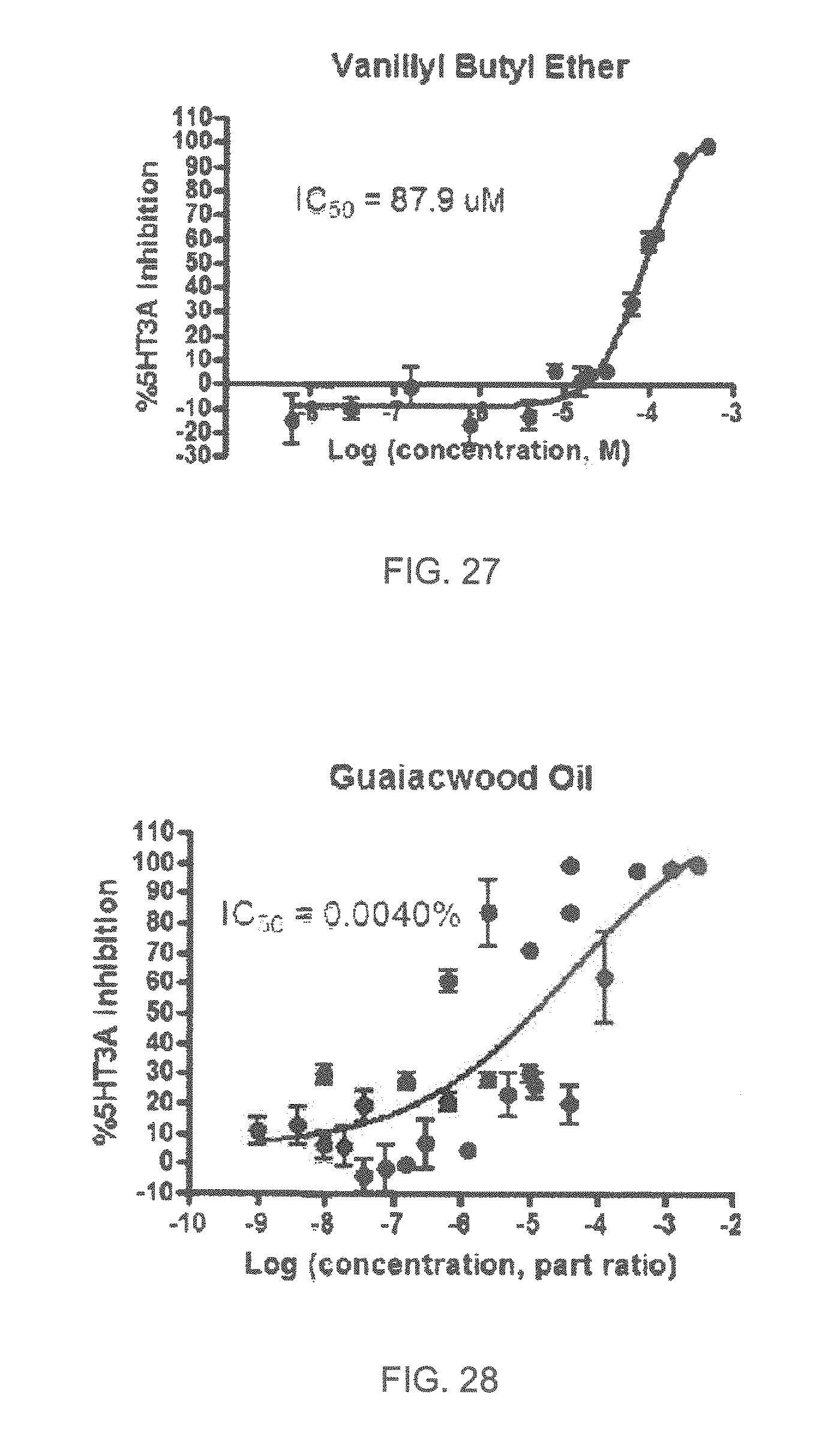
D00015

D00016
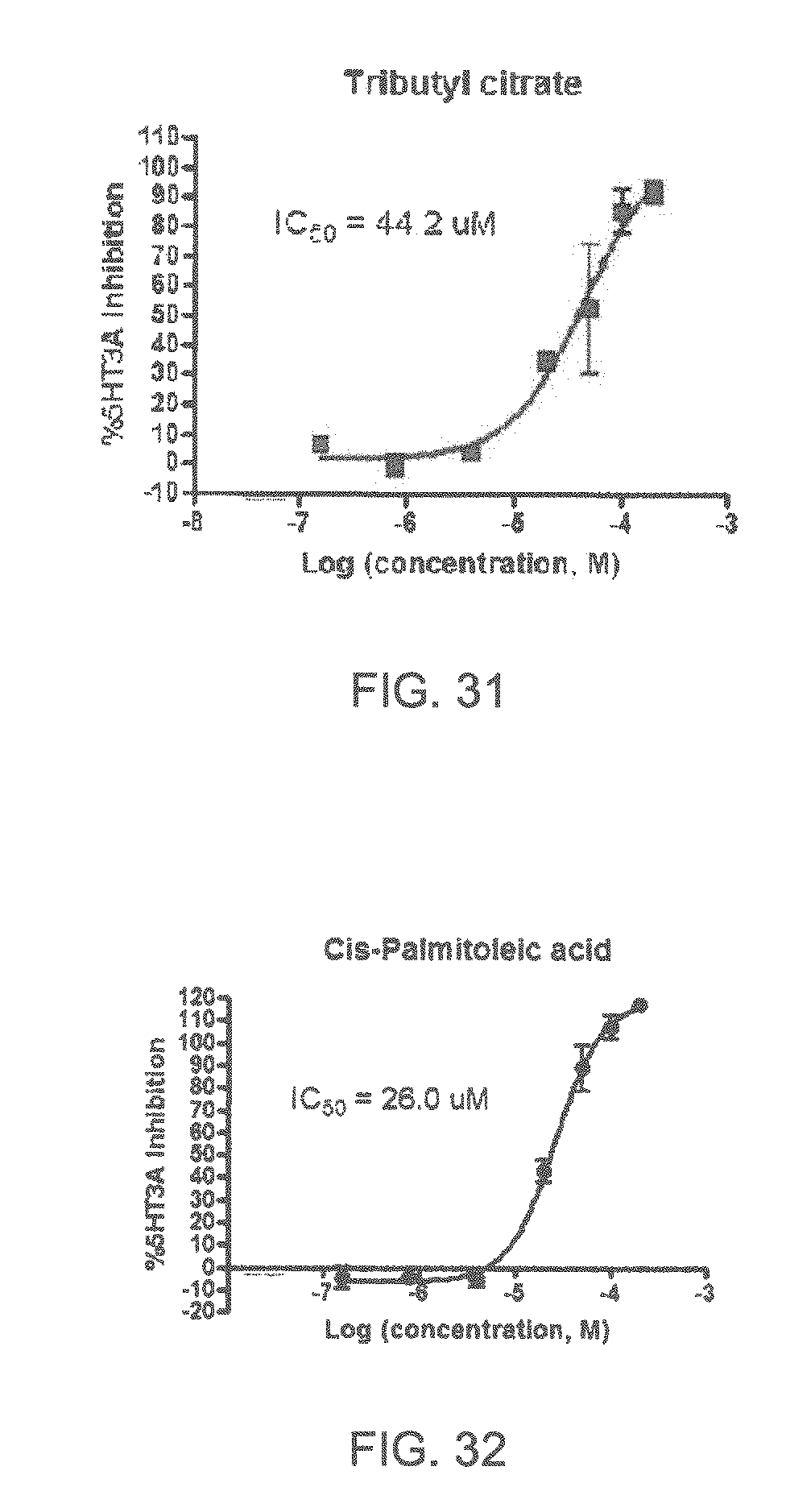
D00017
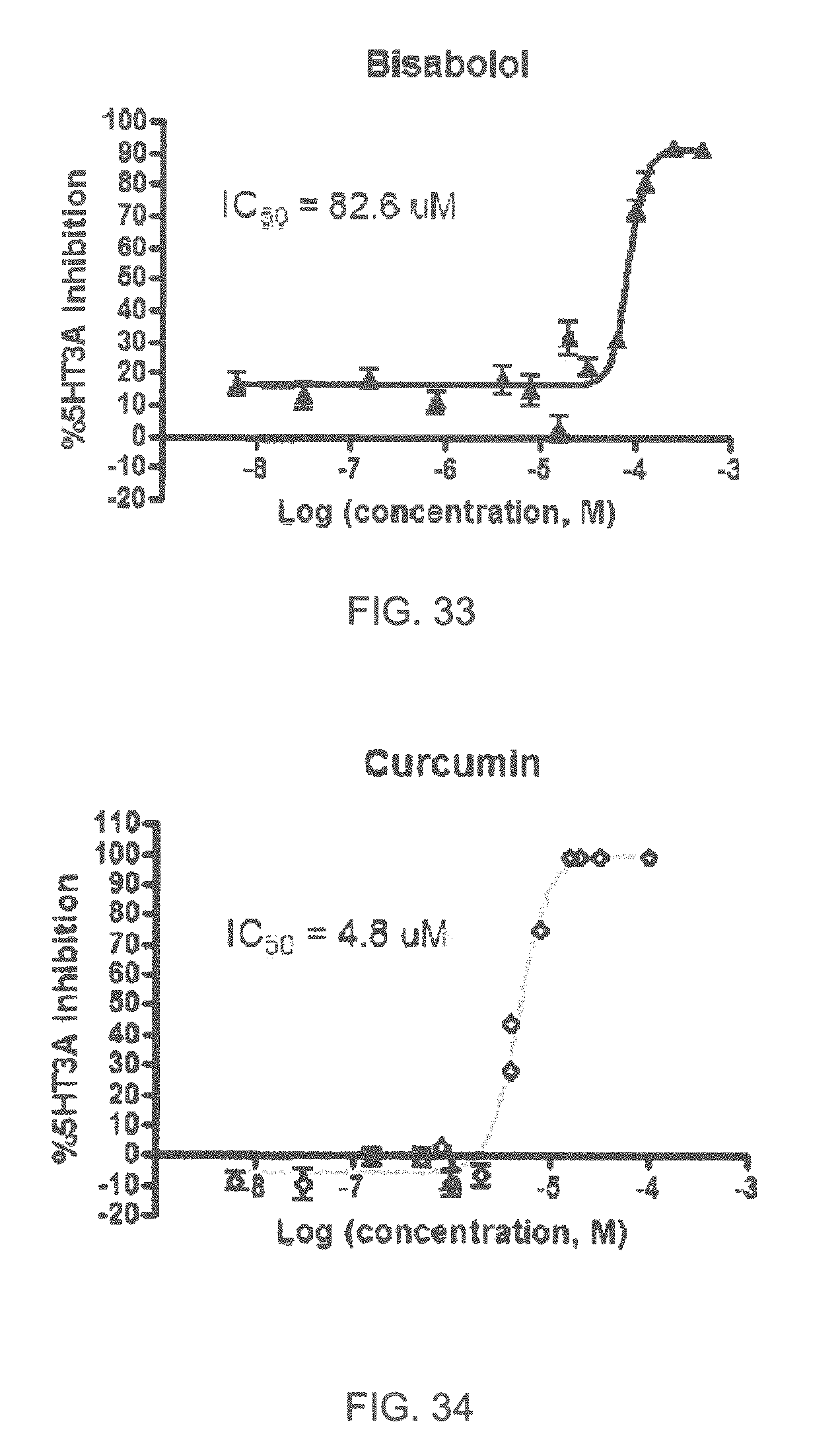
D00018
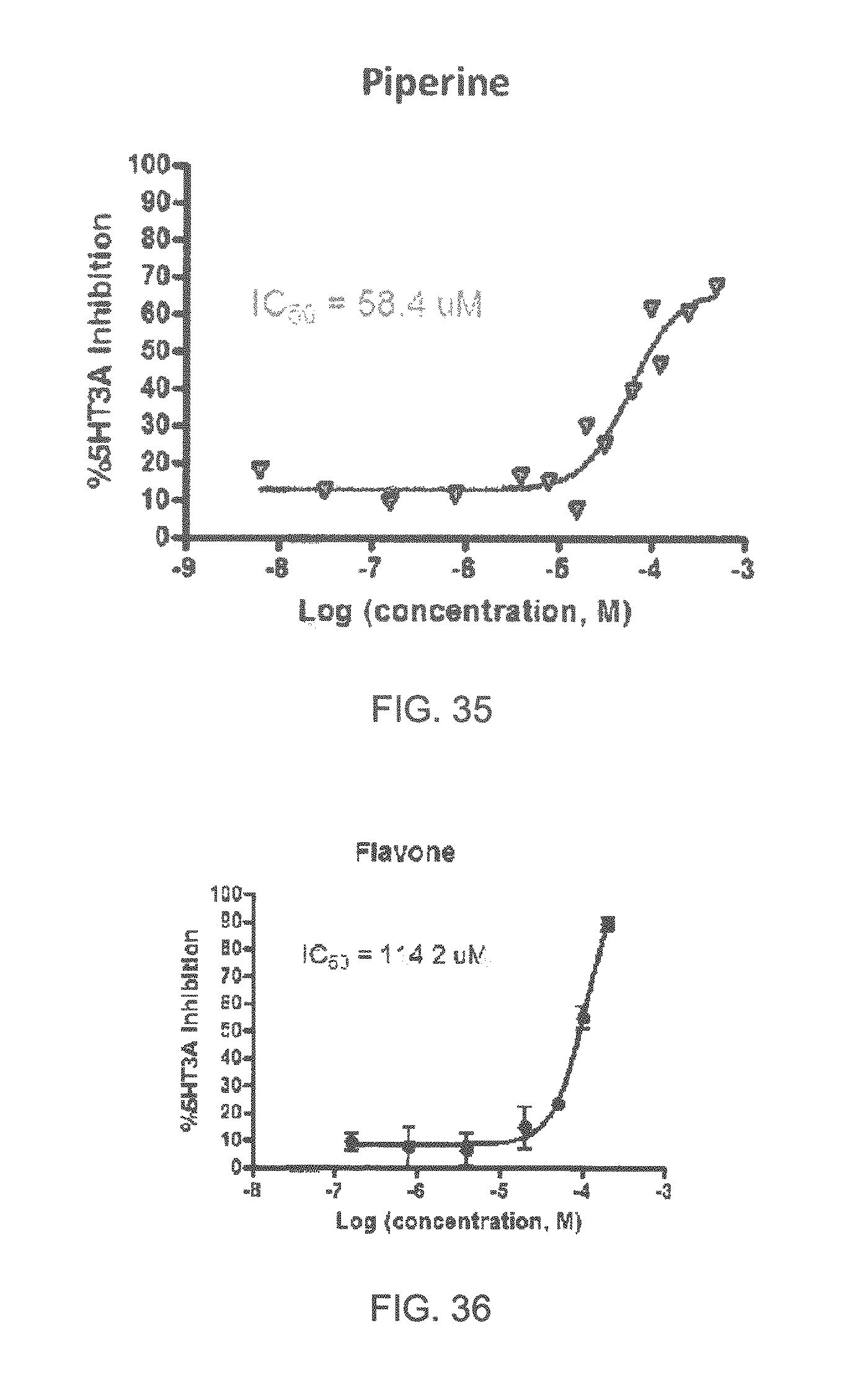
D00019
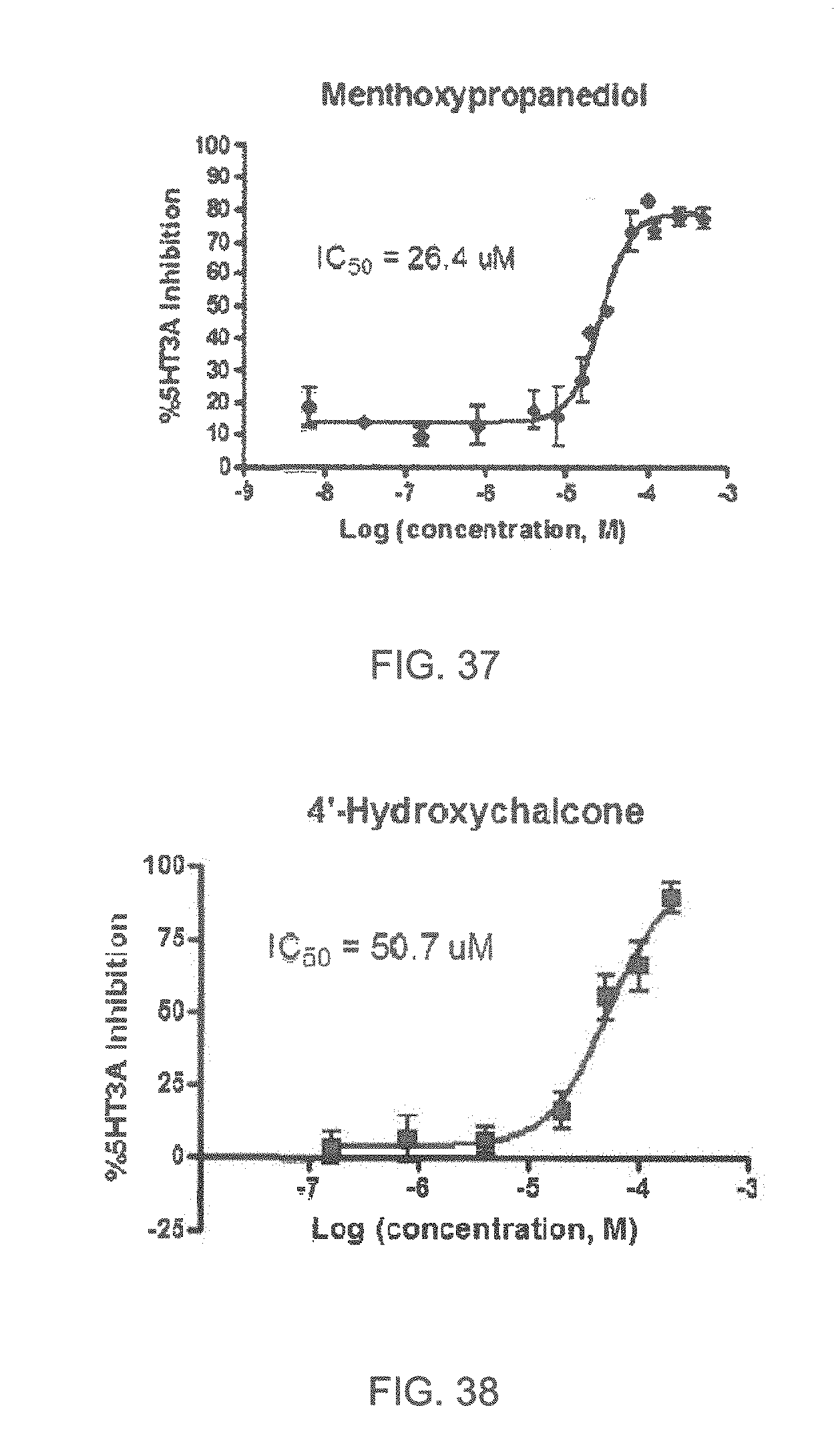
D00020

D00021
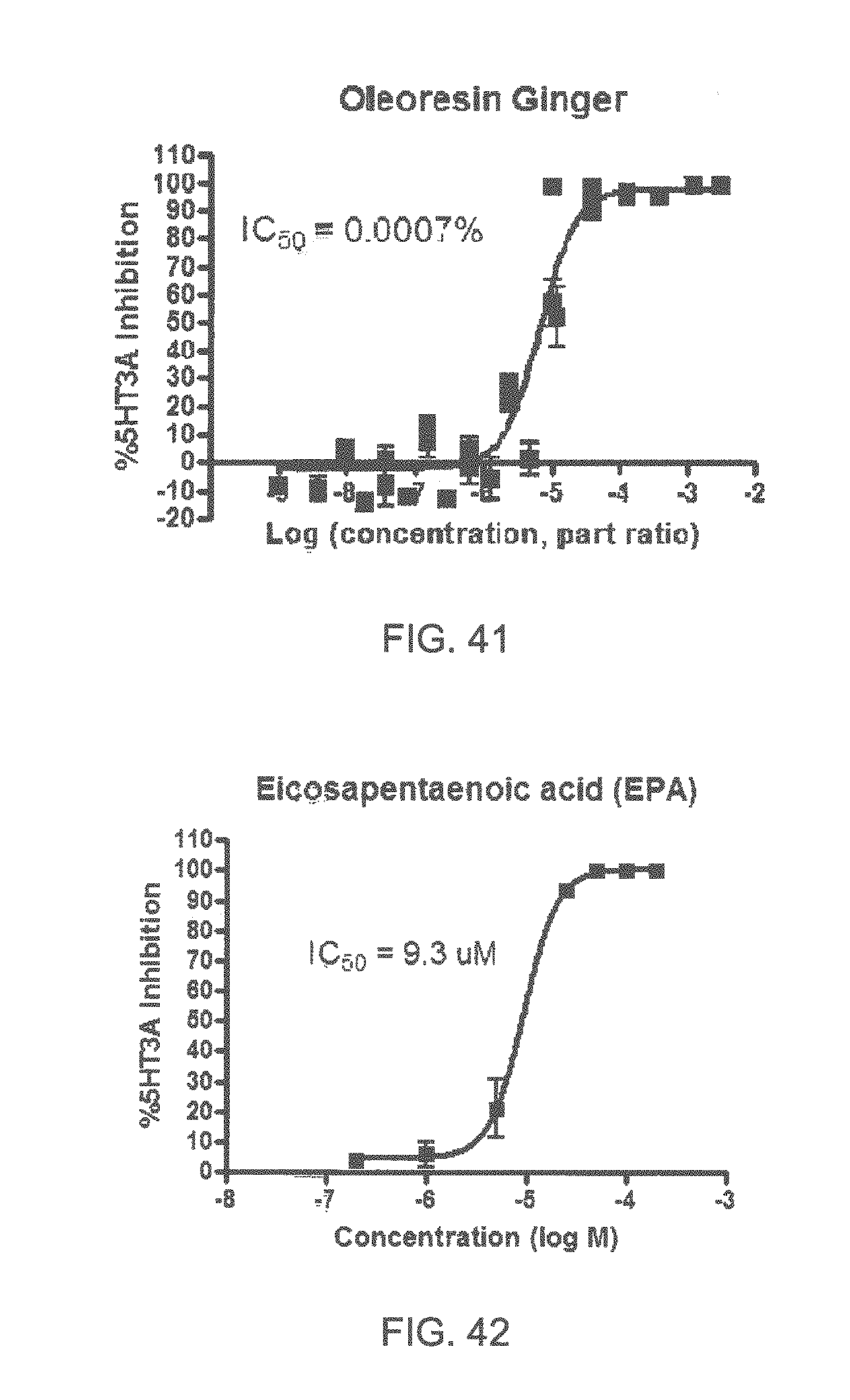
D00022
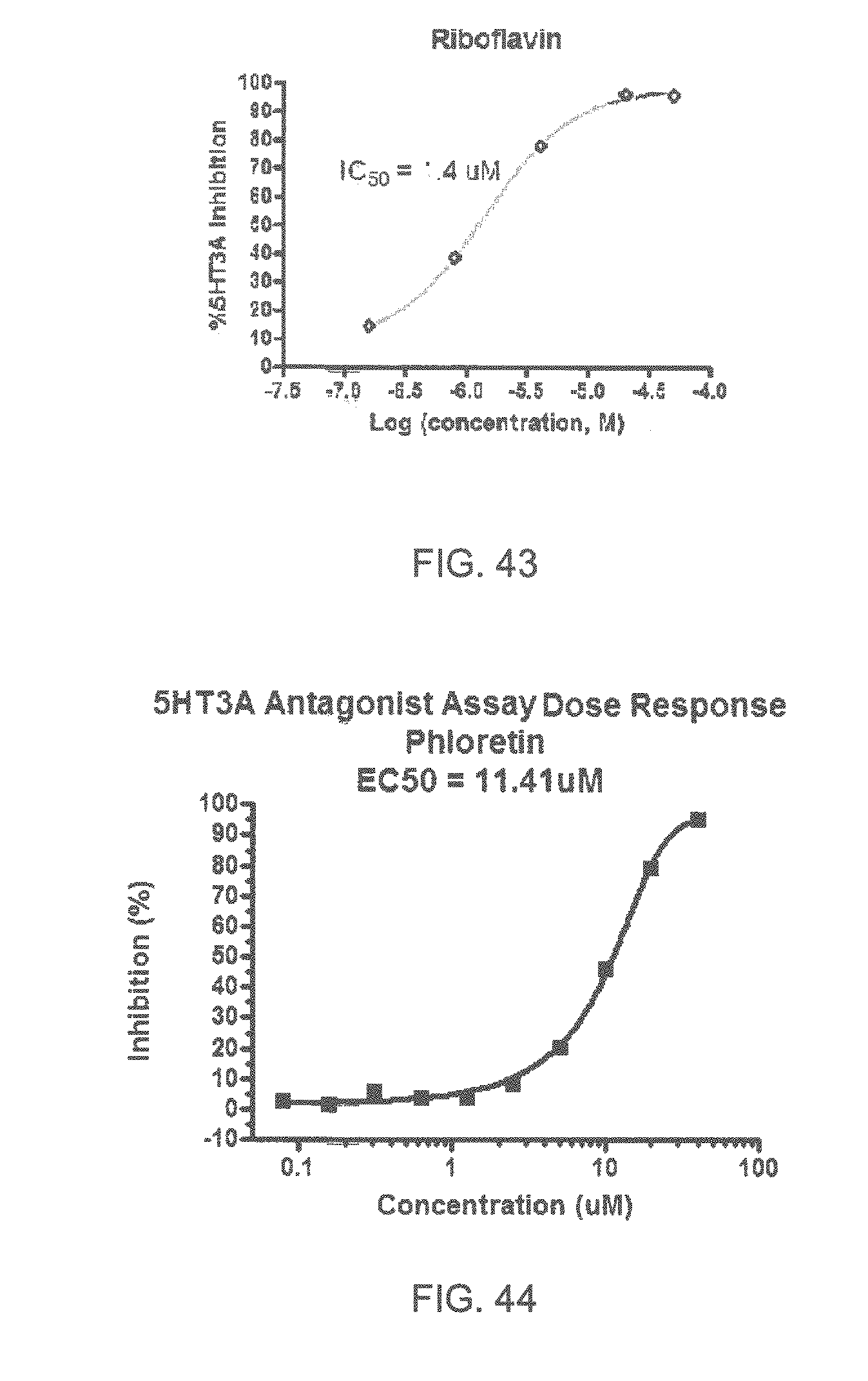
D00023
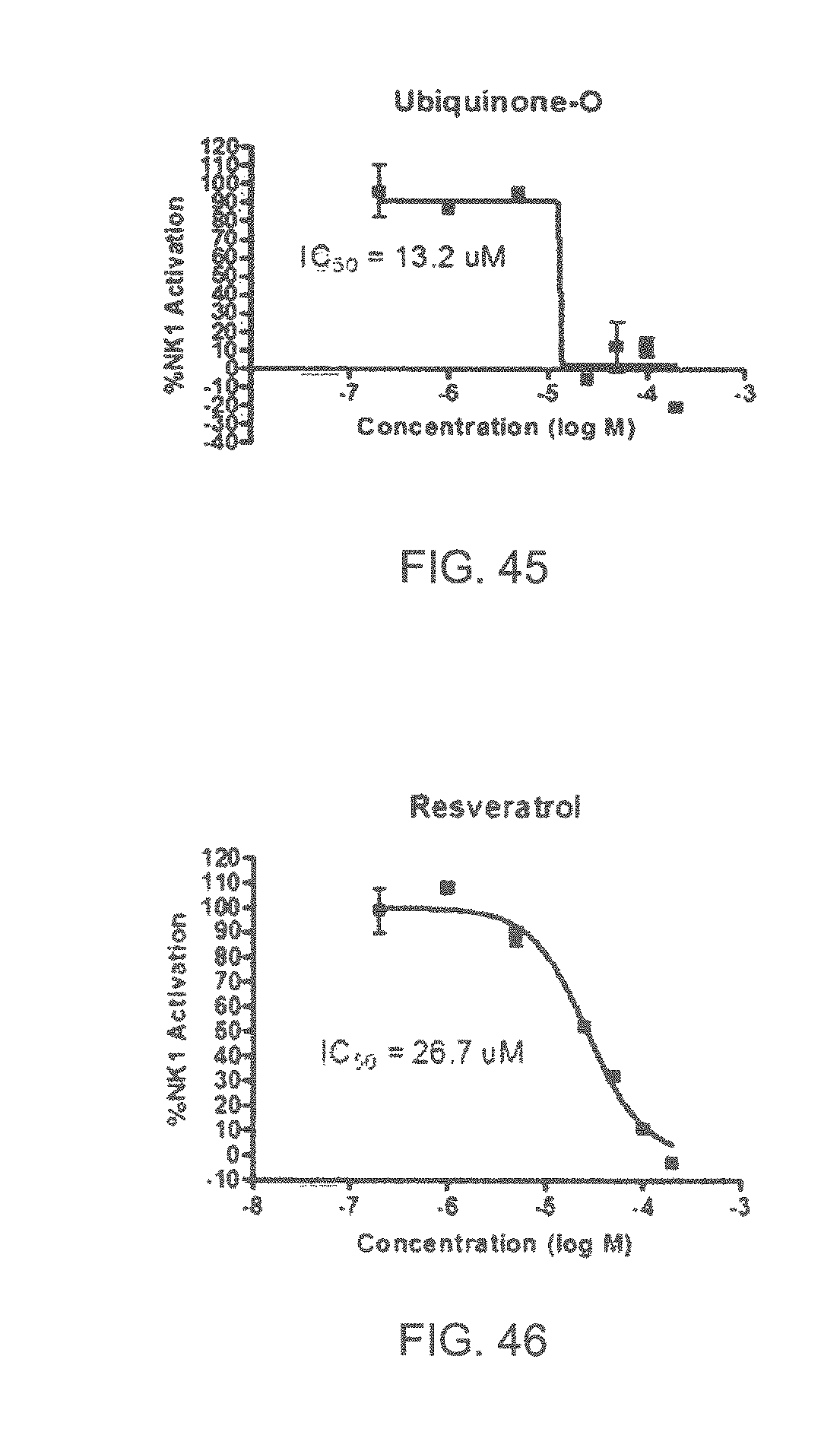
D00024

D00025
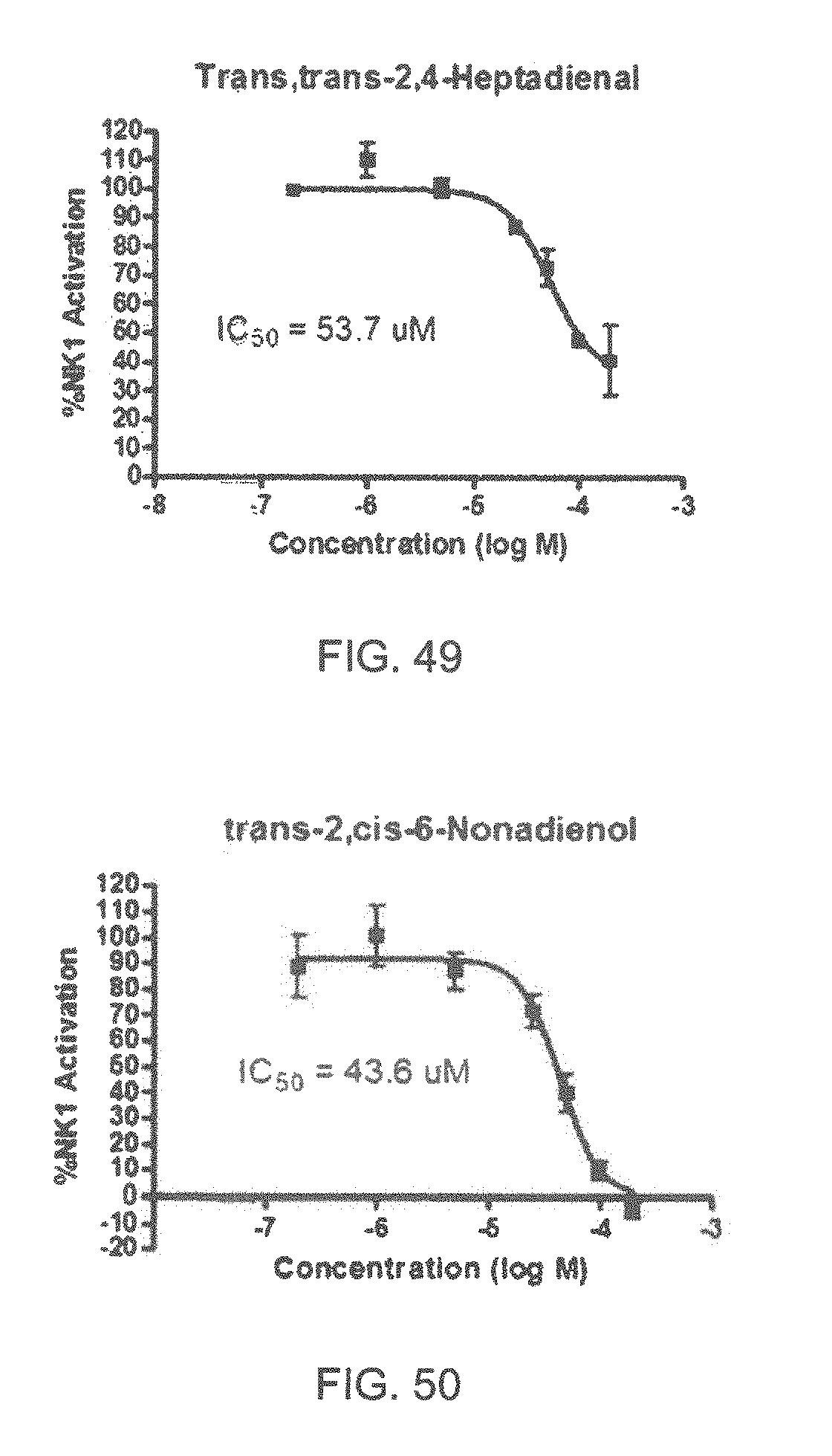
D00026
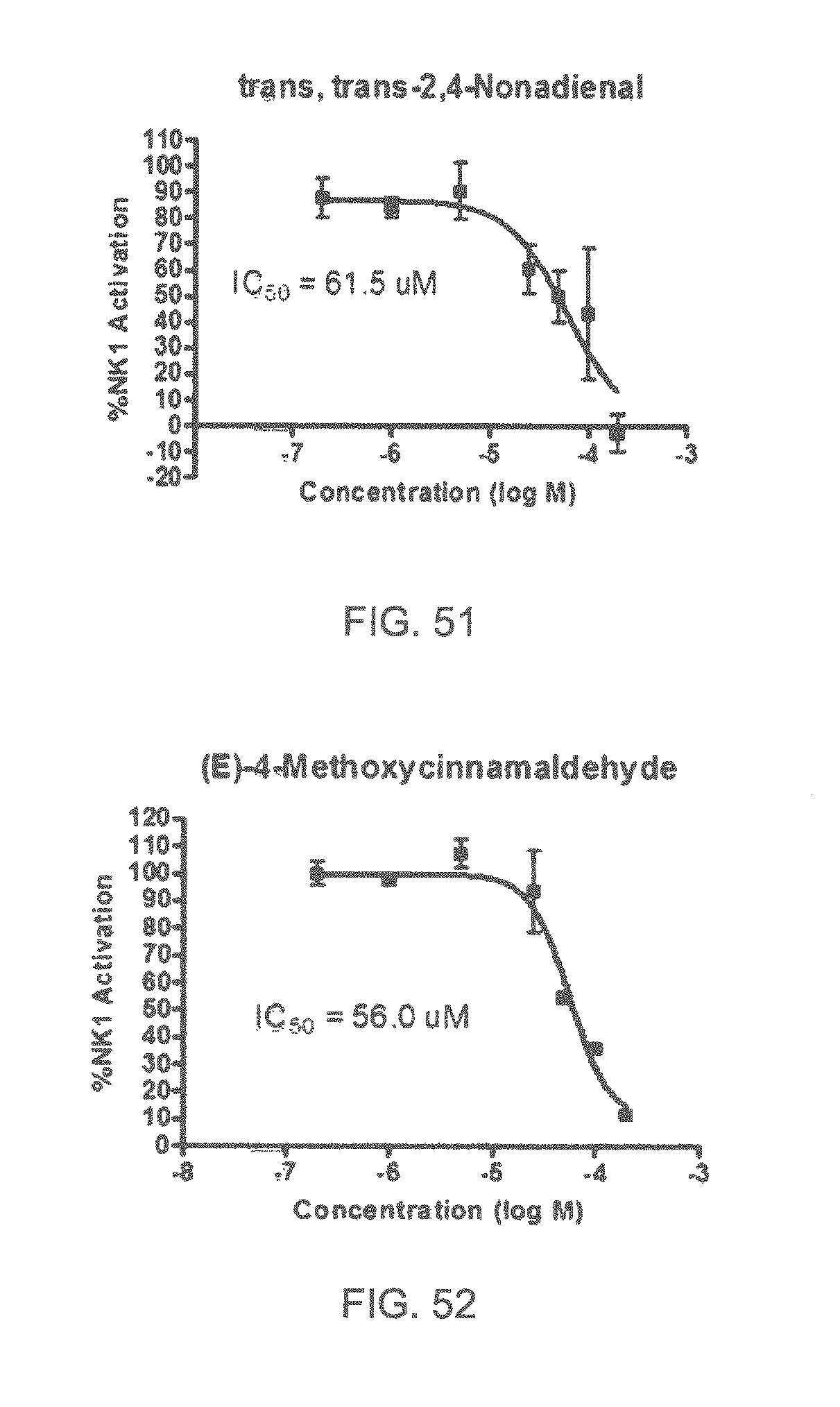
D00027

D00028
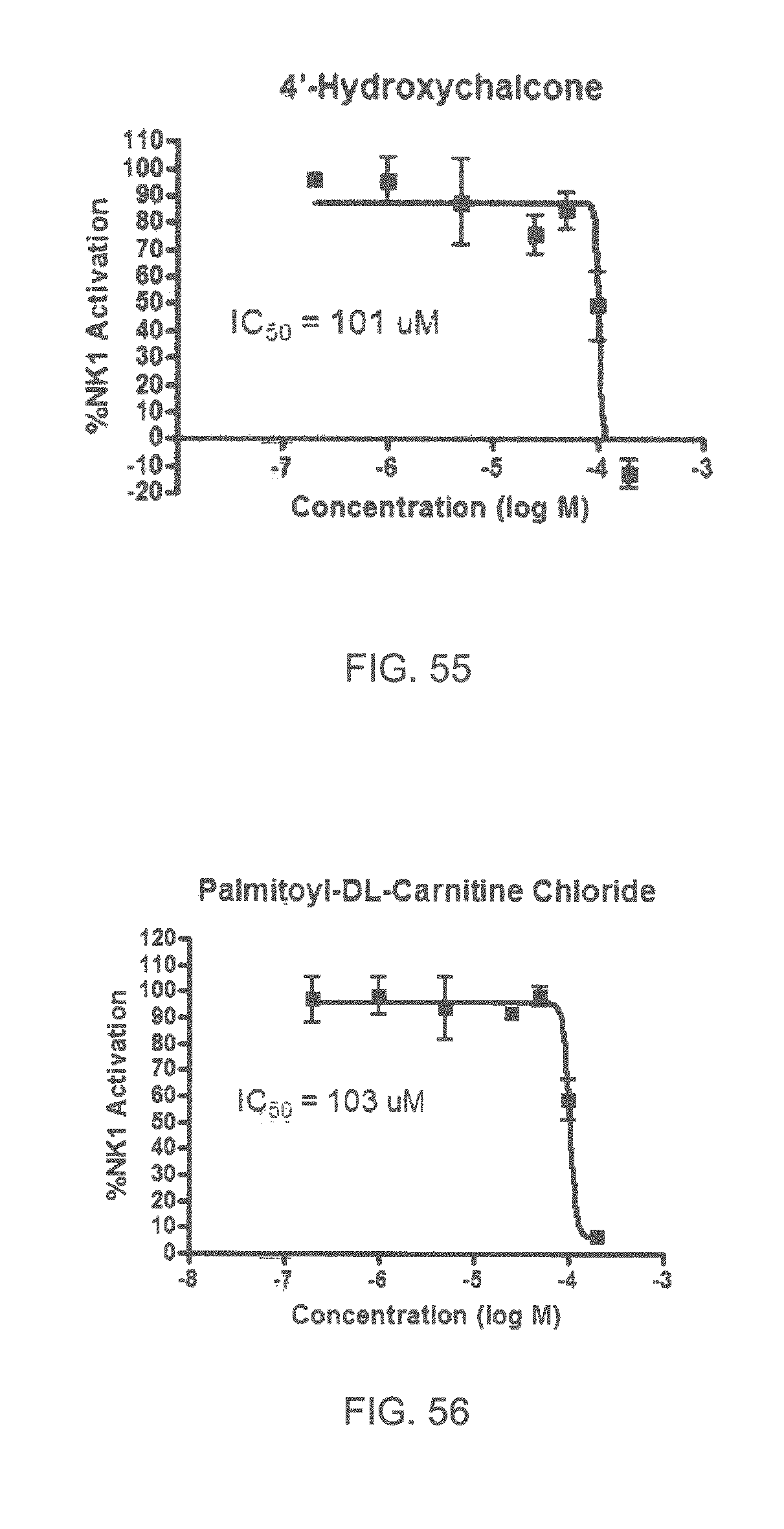
D00029

D00030
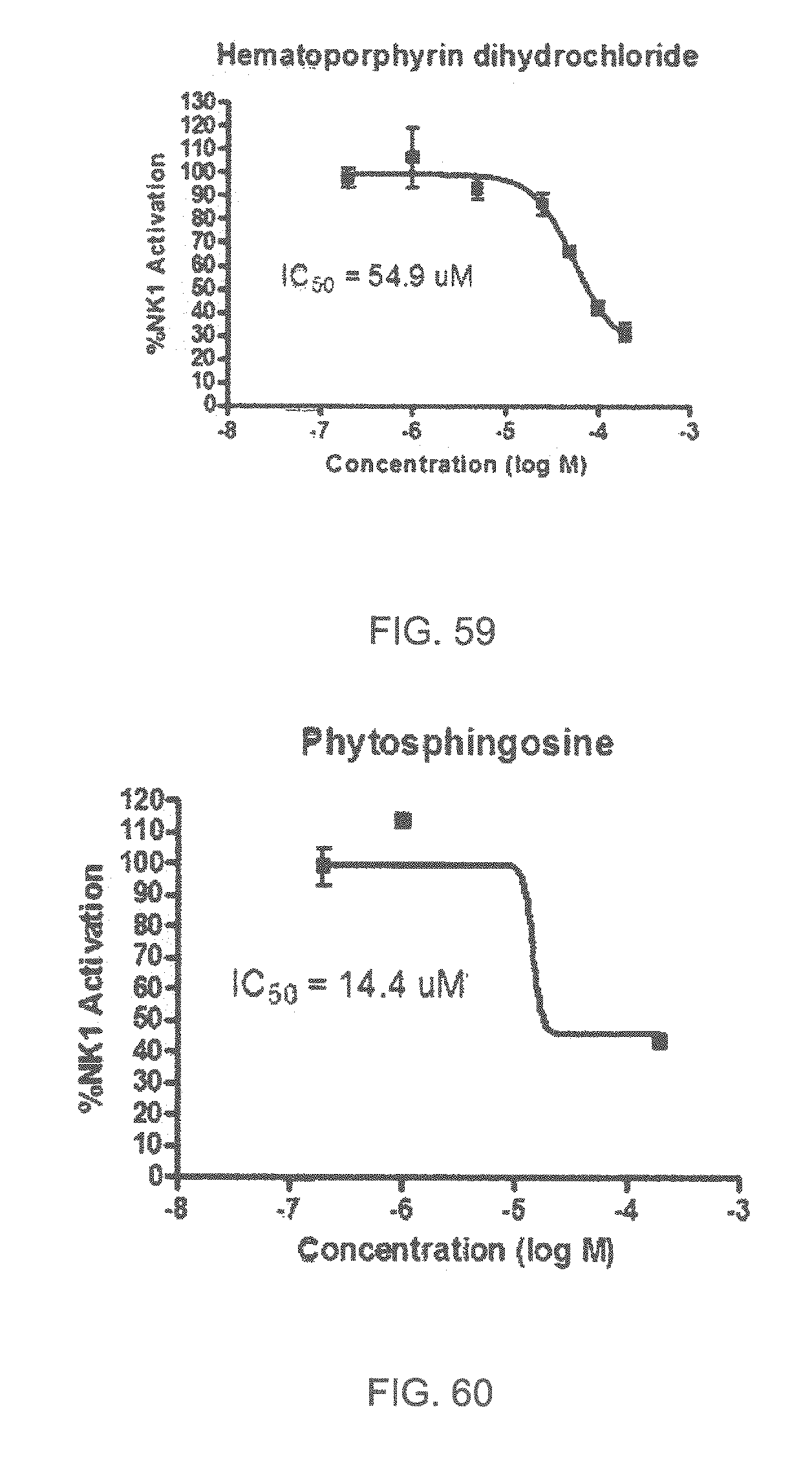
D00031
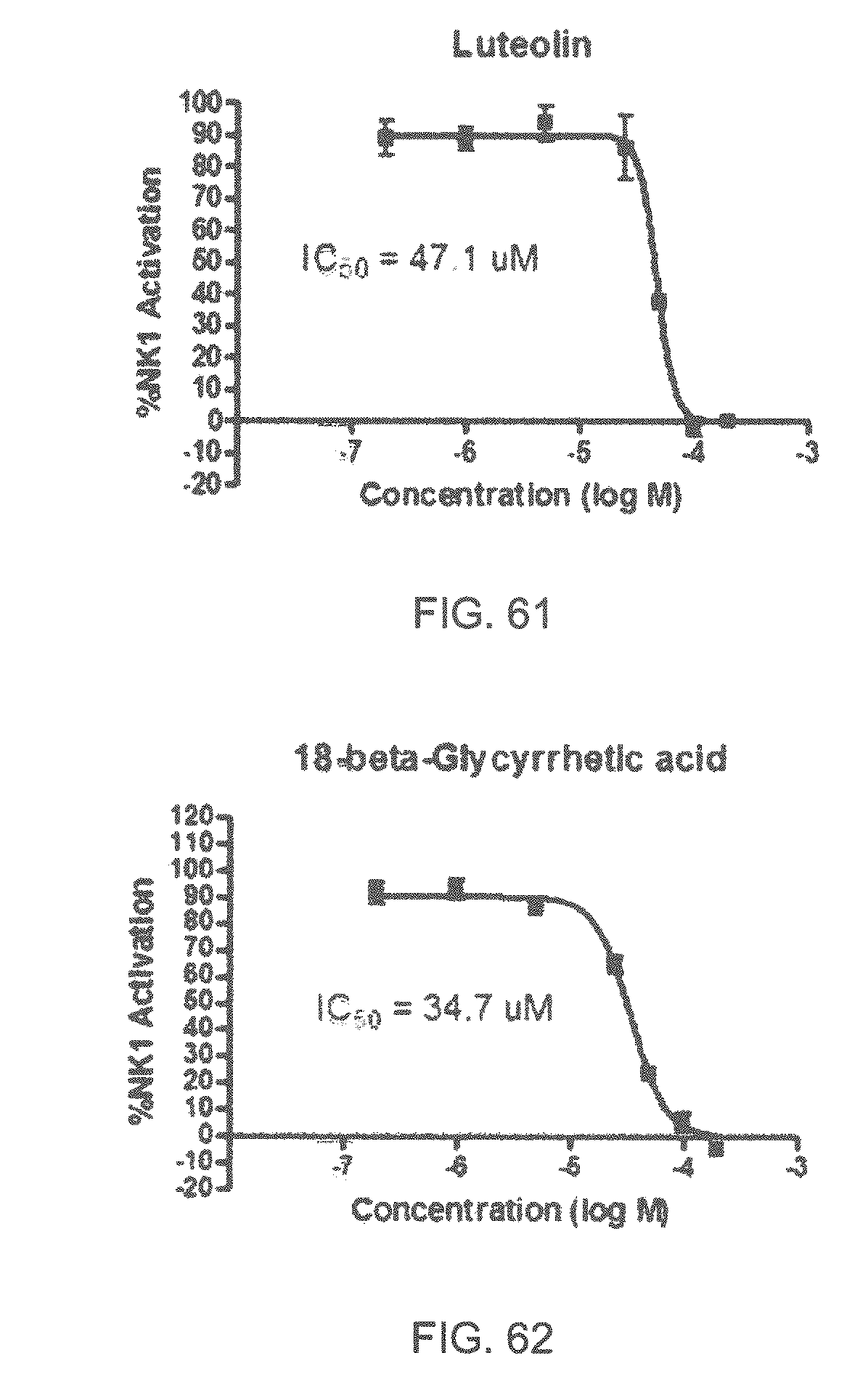
D00032

D00033
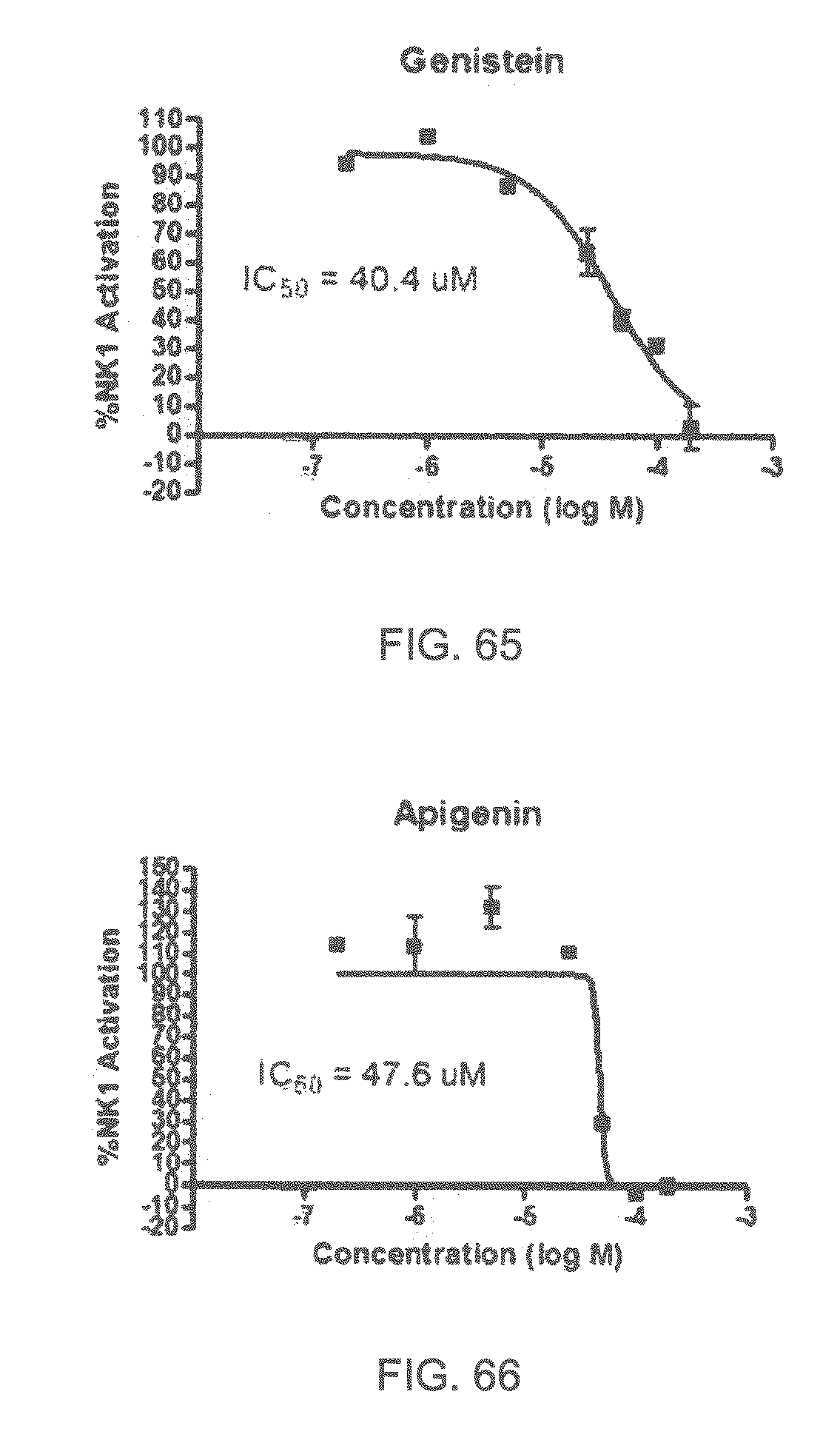
D00034

D00035
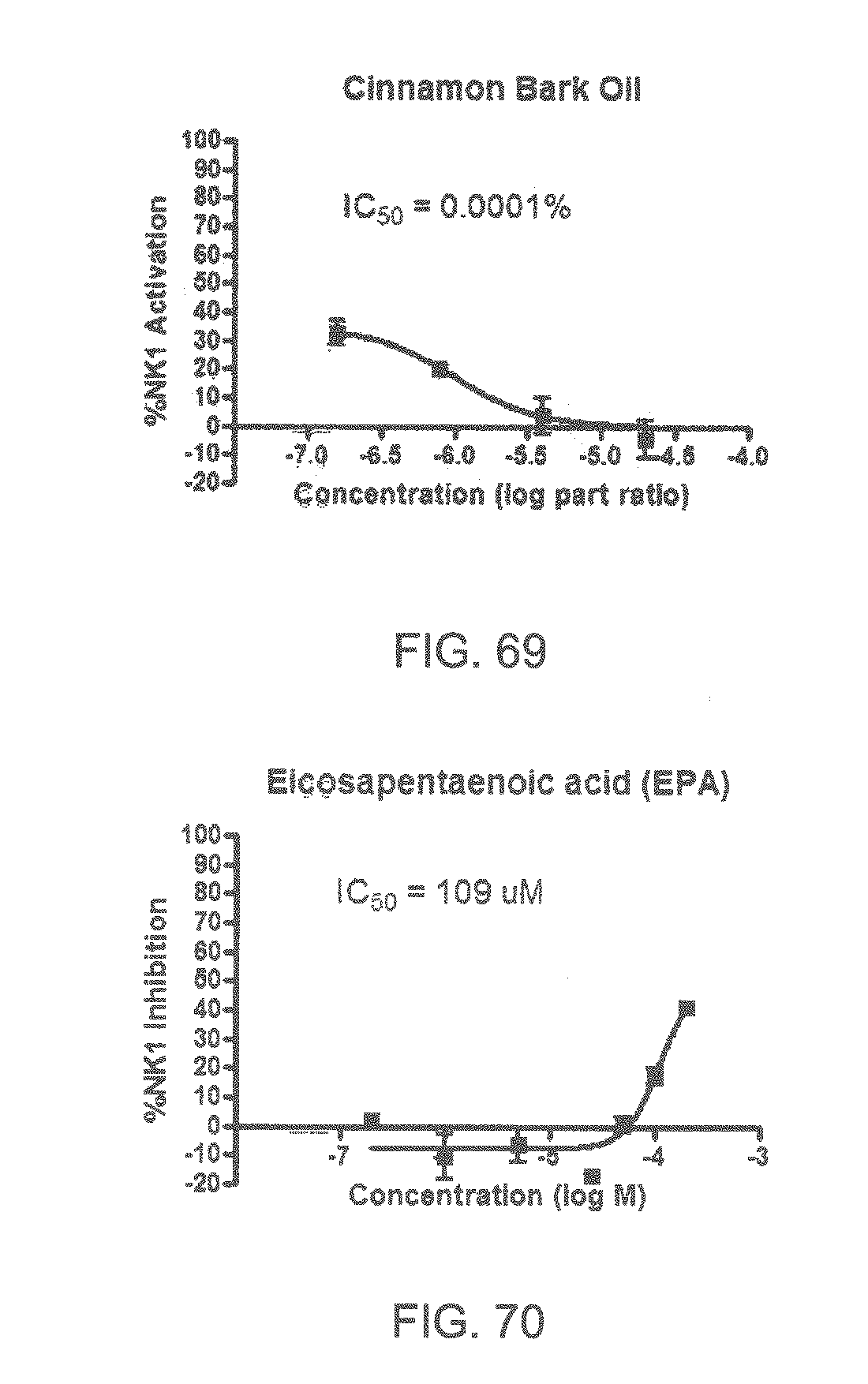
M00001

XML
uspto.report is an independent third-party trademark research tool that is not affiliated, endorsed, or sponsored by the United States Patent and Trademark Office (USPTO) or any other governmental organization. The information provided by uspto.report is based on publicly available data at the time of writing and is intended for informational purposes only.
While we strive to provide accurate and up-to-date information, we do not guarantee the accuracy, completeness, reliability, or suitability of the information displayed on this site. The use of this site is at your own risk. Any reliance you place on such information is therefore strictly at your own risk.
All official trademark data, including owner information, should be verified by visiting the official USPTO website at www.uspto.gov. This site is not intended to replace professional legal advice and should not be used as a substitute for consulting with a legal professional who is knowledgeable about trademark law.